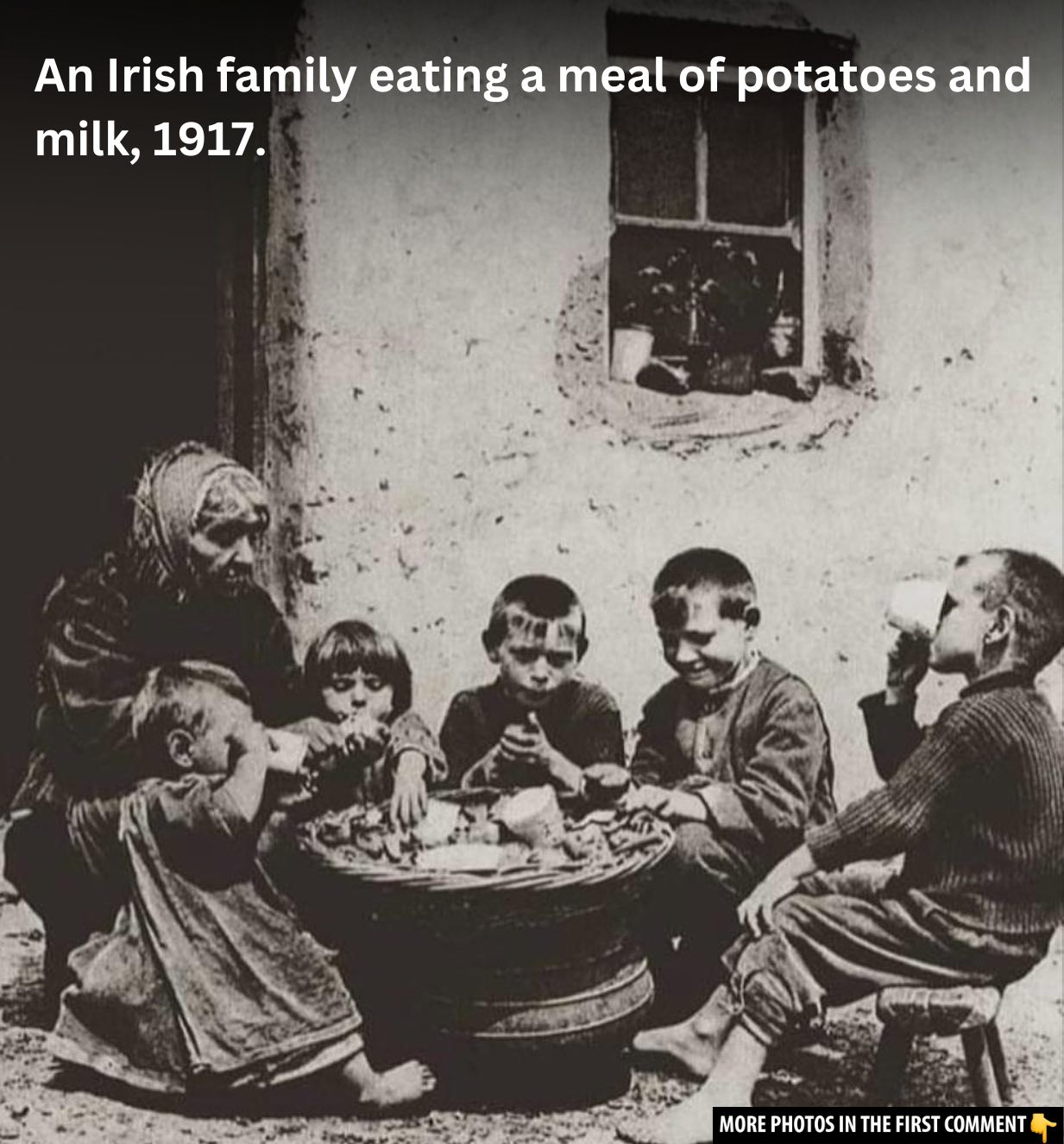In a time of immense social and political change, Ireland’s people persevered through daily struggles that shaped the country’s future. The rare photographs captured between 1885 and 1925 offer us an intimate look into the lives of everyday Irish citizens, from rural farmsteads to bustling urban streets. These images, frozen in time, reveal the resilience, warmth, and quiet dignity of families navigating the hardships of a nation in transition. As we explore these photographs, we uncover not just a history of survival, but one of hope, community, and enduring spirit.
Portraits of the Past: Capturing Life in Ireland
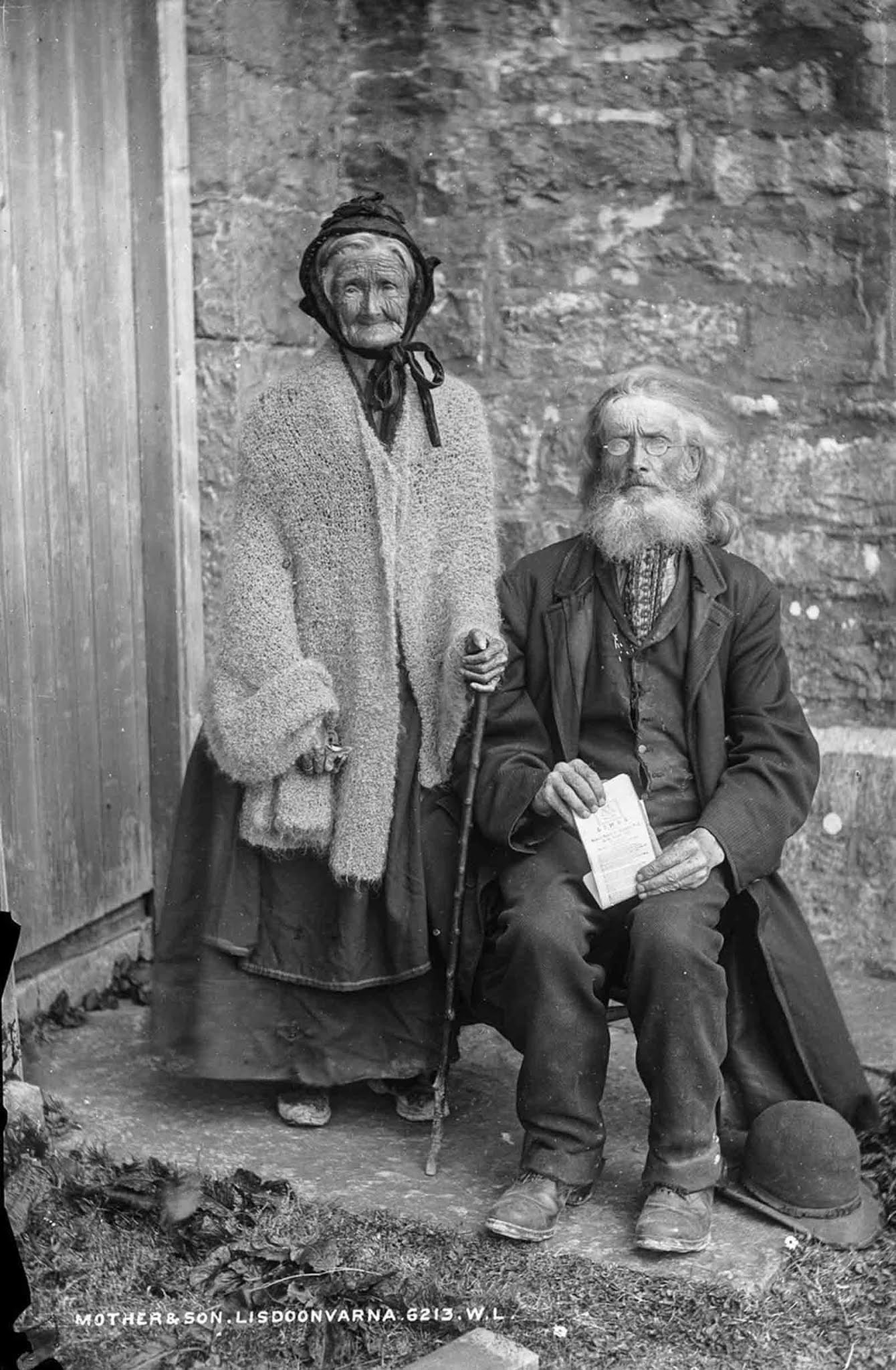
One of the most evocative images from this era is the 1890 photograph of “Mother and Son.” Capturing a simple yet profound moment between mother and child, it highlights the deep familial bonds that sustained Irish families during these difficult times. The photograph speaks to the universal human experience of love and care, even amidst poverty and struggle. Family was often the cornerstone of Irish life, and many of these individuals would soon find themselves forced to leave the land they called home in search of better opportunities abroad.
Video
Watch the video to get a glimpse of old Ireland circa 1929, restored to amazing life! Don’t miss this fascinating look at Ireland’s past.
Challenges of the 19th Century: Struggles of the Irish Population
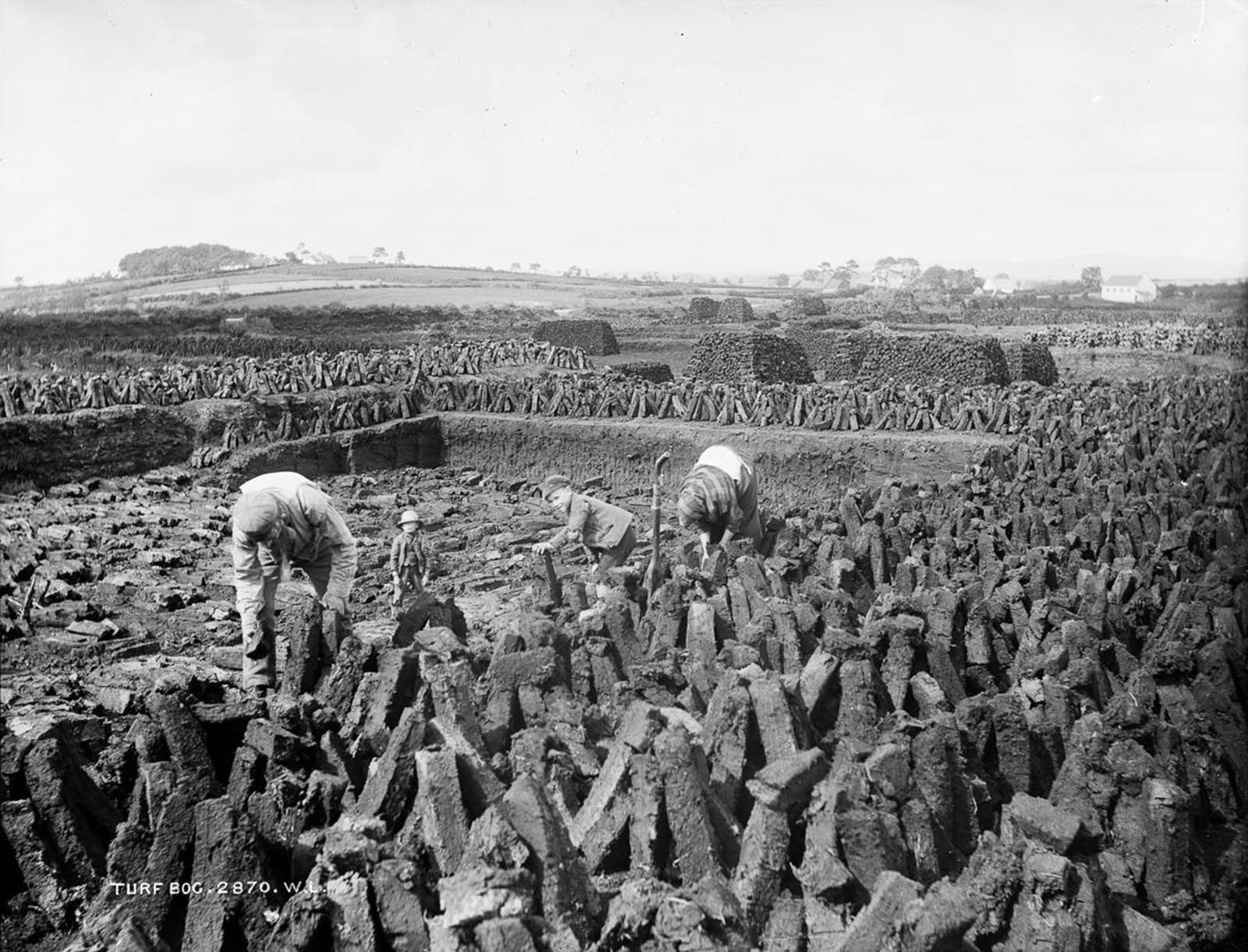
The late 19th century saw Ireland’s population in steady decline. The catastrophic effects of the Great Famine were still being felt in the late 1800s, with the population plummeting by more than three and a half million since the 1840s. Many Irish families struggled to survive in rural farmsteads or crowded urban tenements. The failure of the potato crop, which was a staple food, continued to haunt the country throughout the 1890s, leading to what was euphemistically referred to as “distress.”
These hardships were compounded by the lack of social welfare systems, and many turned to the workhouse as a last resort, though conditions there were harsh. The promise of emigration, especially to the United States, was often seen as the only way out of poverty. In 1899 alone, more than 32,000 Irish people left the country, and the migration continued to increase throughout the early 20th century.
The Daily Life of the Irish: Rural and Urban Struggles
In the rural countryside, many Irish families still lived in mud cabins, a stark contrast to the more modern buildings in the cities. Life was often harsh, and survival depended on farming small plots of land. In the cities, the working class lived in overcrowded and unsanitary conditions, with children dying from preventable diseases like chest infections. In Dublin, nearly one in every four children died before their first birthday. These stark realities of life in Ireland were captured in various photographs, painting a somber picture of the living conditions of the time.
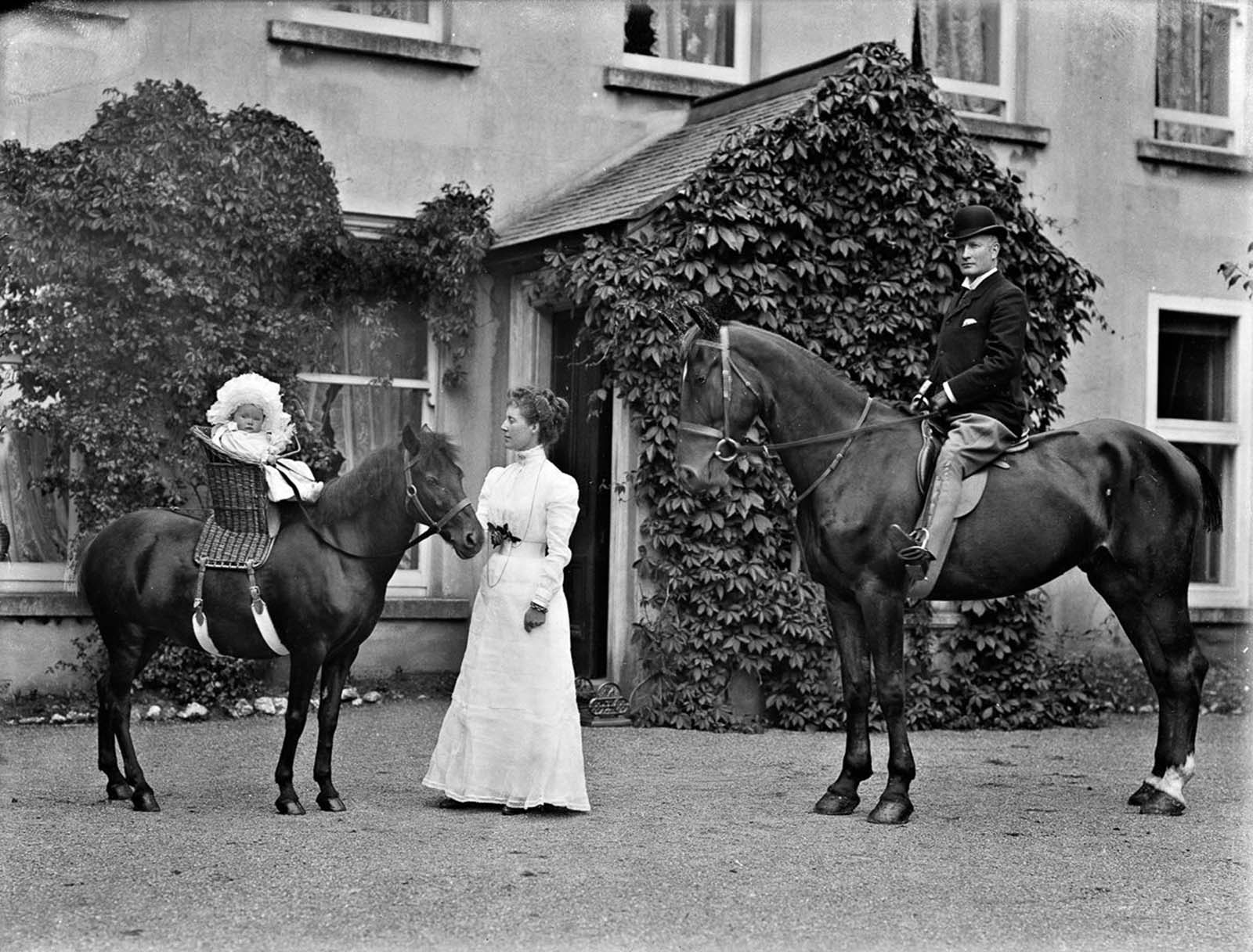
The McCoy family of Waterford, captured in 1901, represents a typical family in Ireland at the turn of the century. The photograph shows a large family dressed in their best clothes, likely taken on a rare occasion when they could afford to dress up. These families worked tirelessly to make ends meet, often relying on seasonal labor or emigration to survive.
A Time of Transition: The Fight for Home Rule
During this period, the political landscape of Ireland was also changing. The late 19th and early 20th centuries were marked by the vigorous campaign for Irish Home Rule. After years of political and military struggle, the Irish people sought to gain more control over their own affairs. The Home Rule movement gained significant traction, but it was met with fierce opposition, particularly from Unionists in Ulster. The outbreak of World War I temporarily halted the push for Irish independence, but by 1918, the tide had shifted toward republican separatism.
The eventual signing of the Anglo-Irish Treaty in 1921 led to the creation of the Irish Free State, and by 1922, five-sixths of Ireland had seceded from the United Kingdom, marking a turning point in Irish history.
Snapshots of Everyday Life: Rare Photographs from Ireland
The rare photographs captured during this period offer us a window into the everyday lives of the Irish people, revealing moments of both struggle and joy. From rural farms to urban streets, these images provide a glimpse into the various ways in which the Irish navigated their daily lives amidst political and social upheaval.
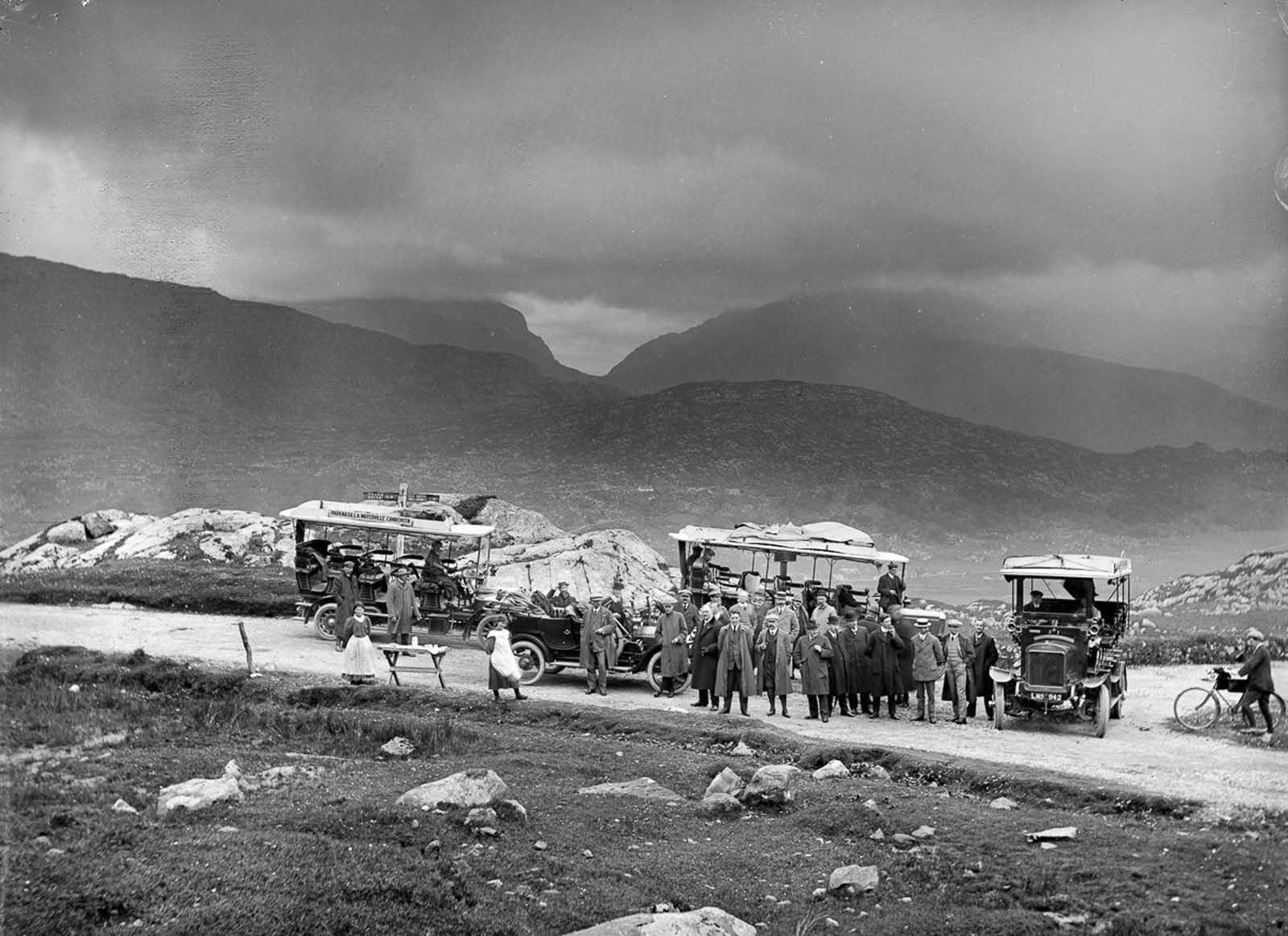
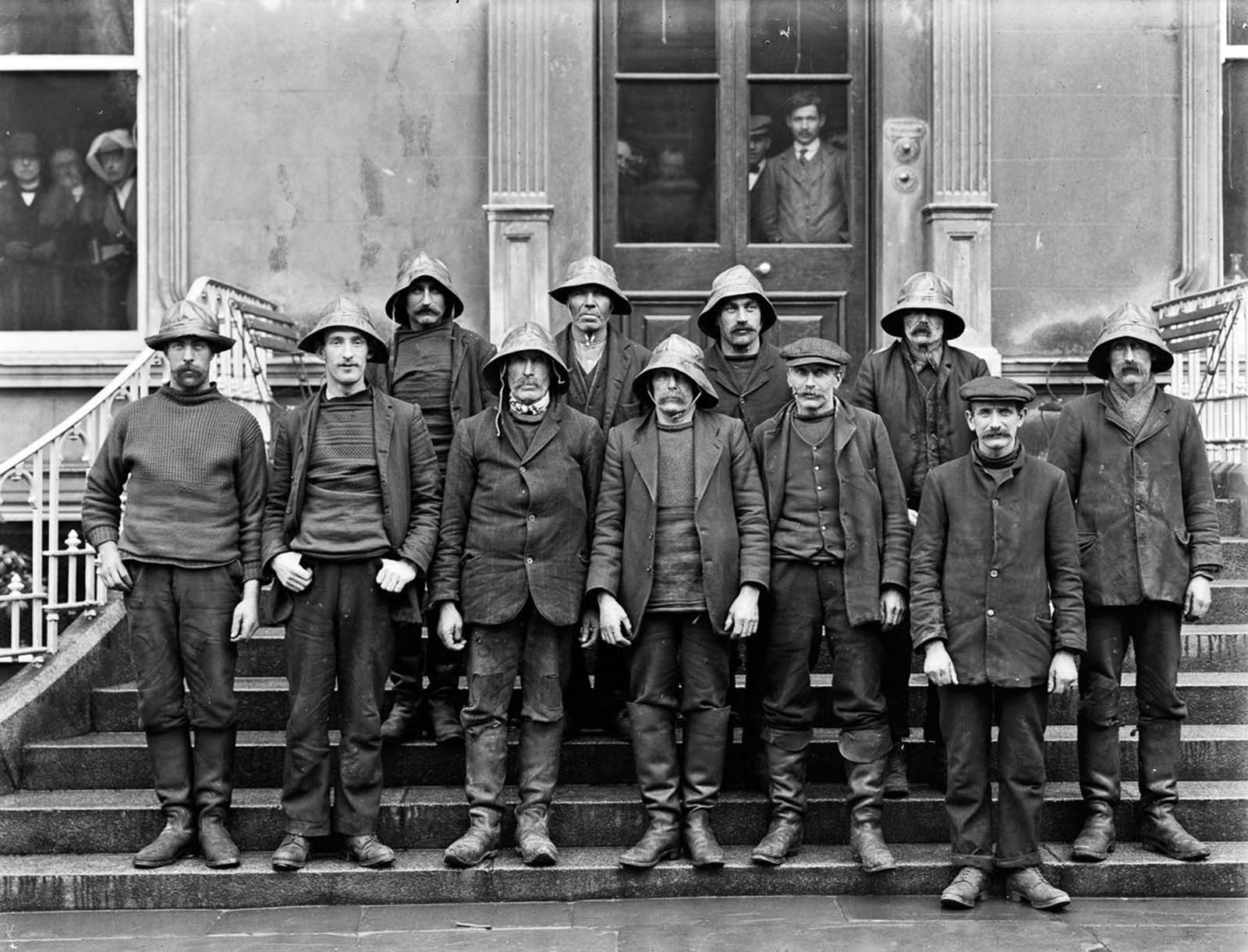

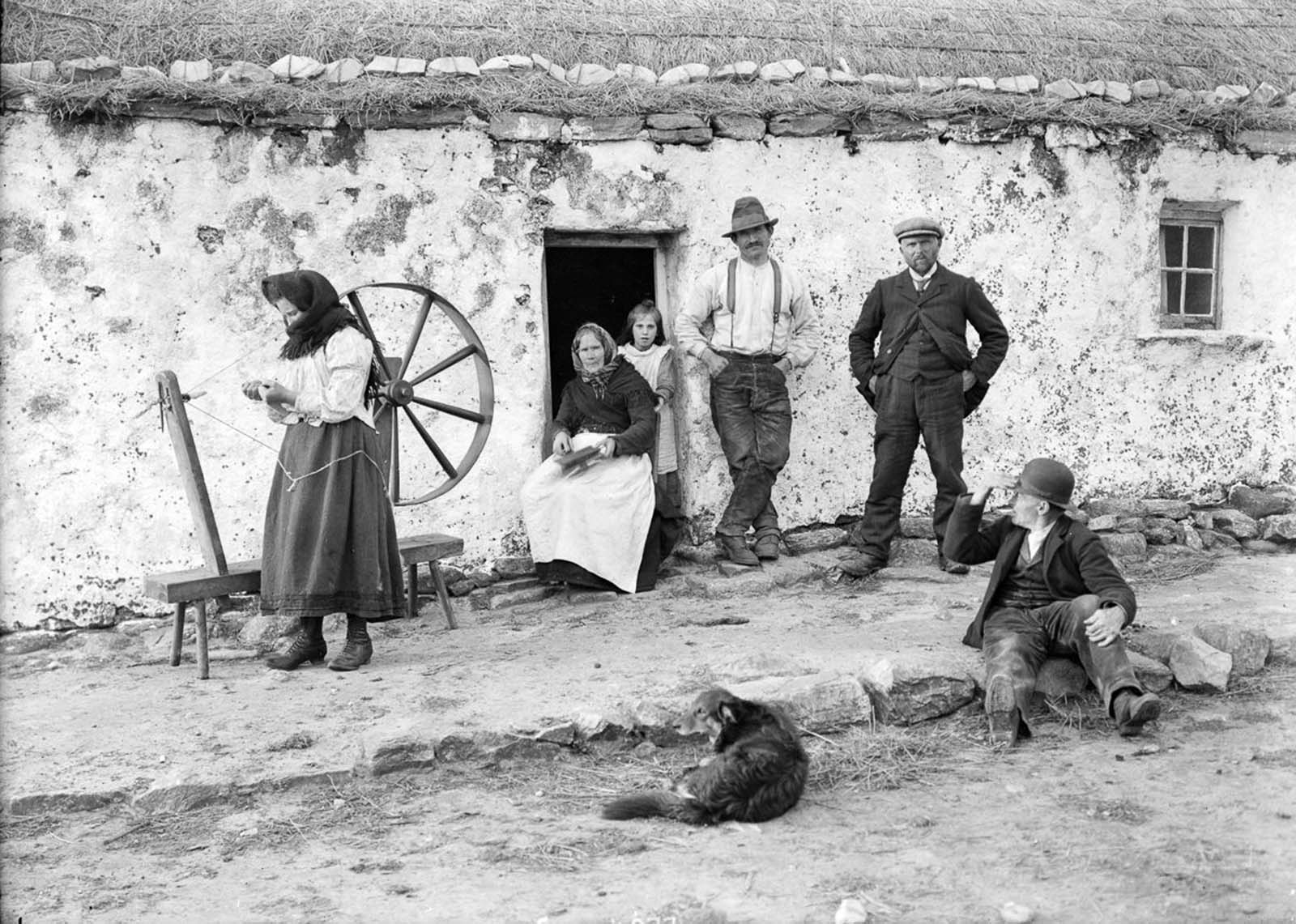
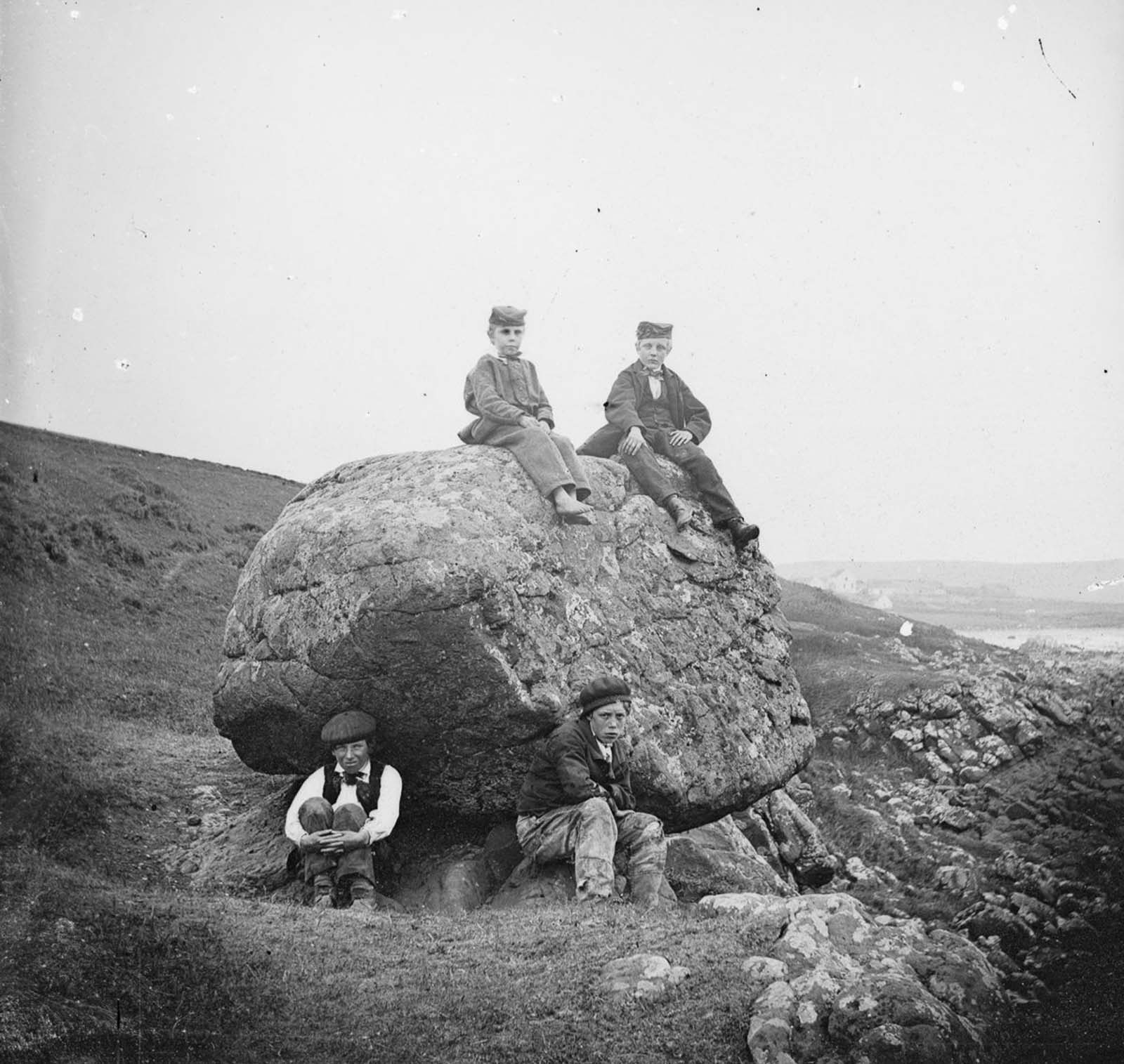
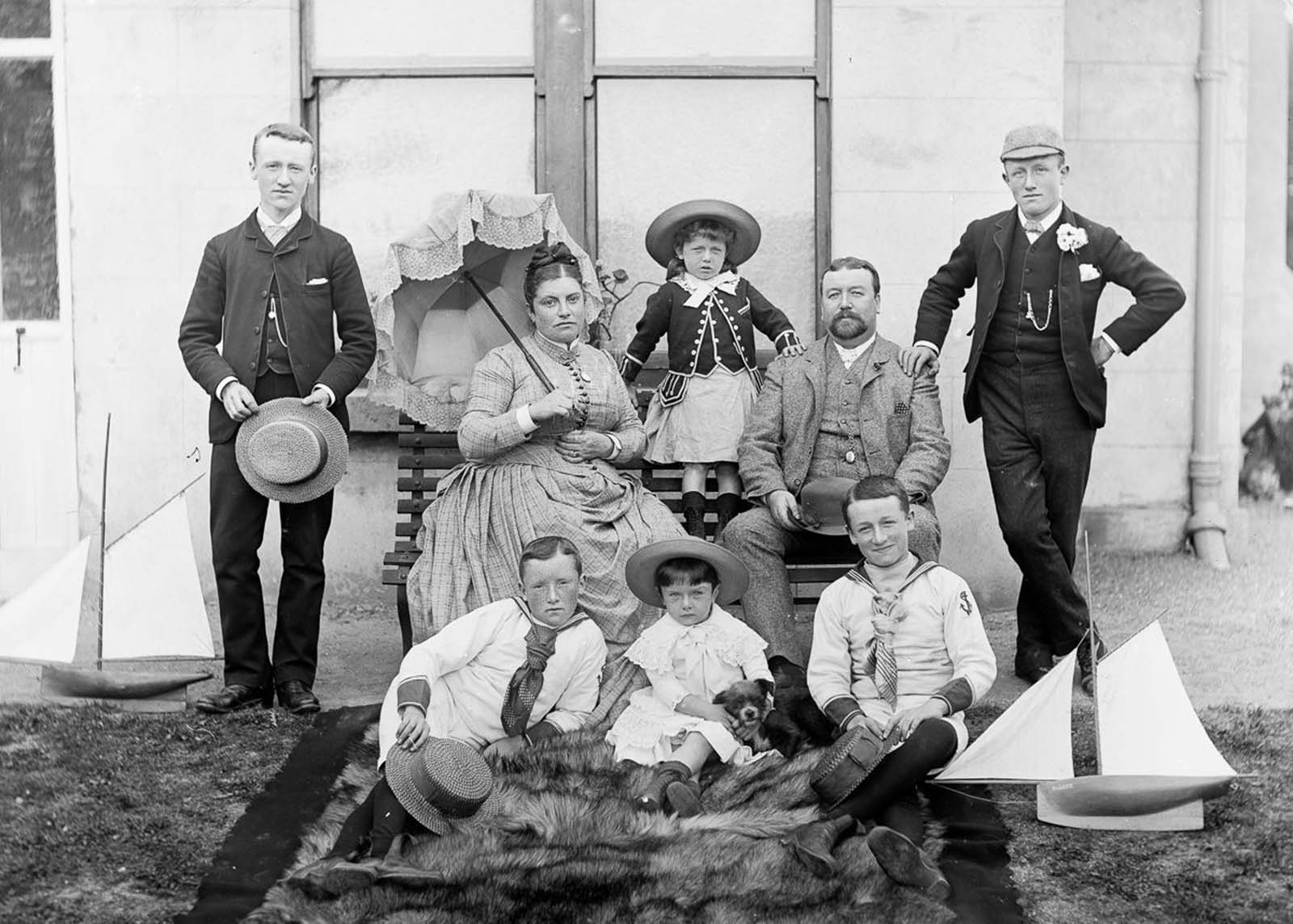
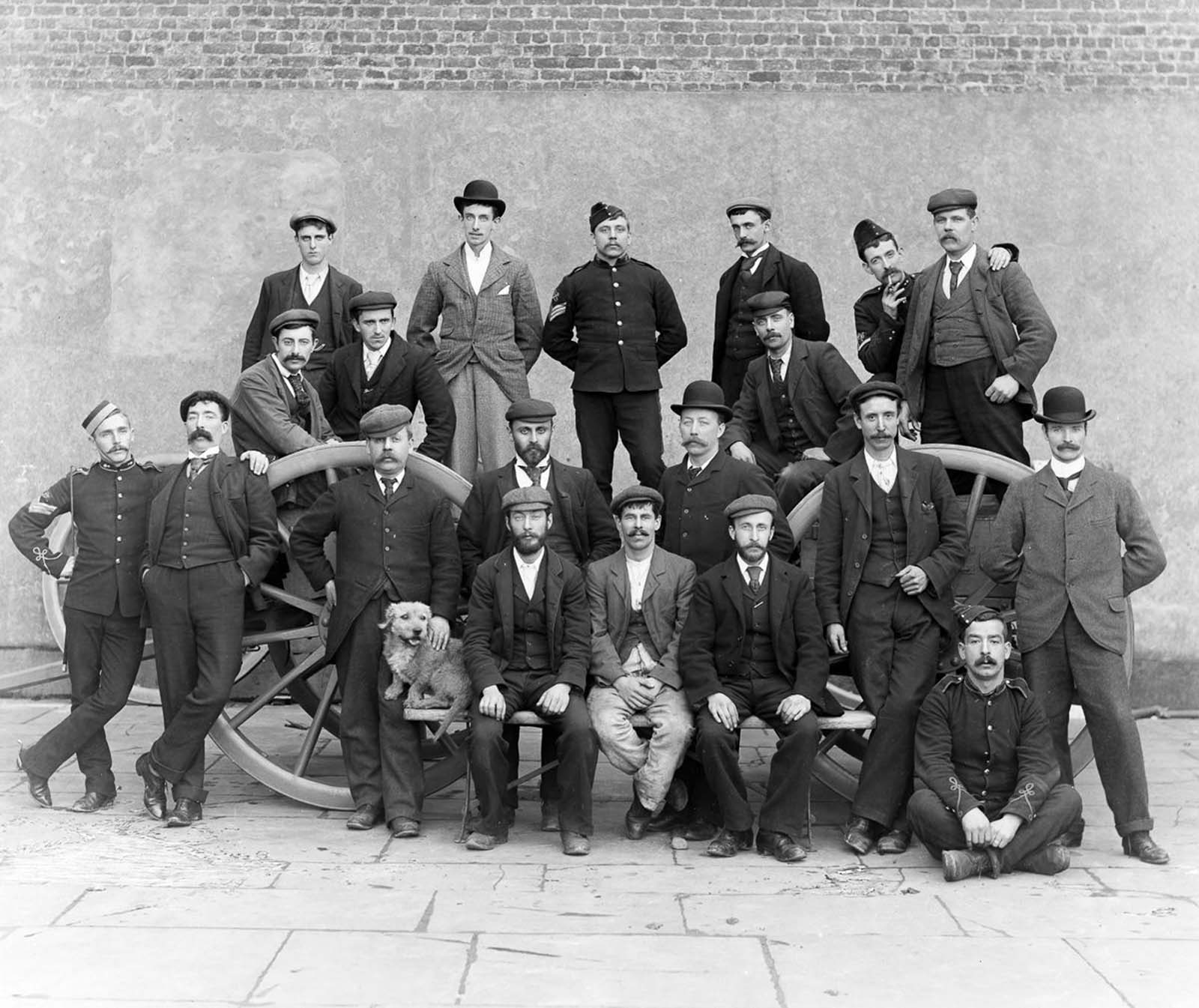
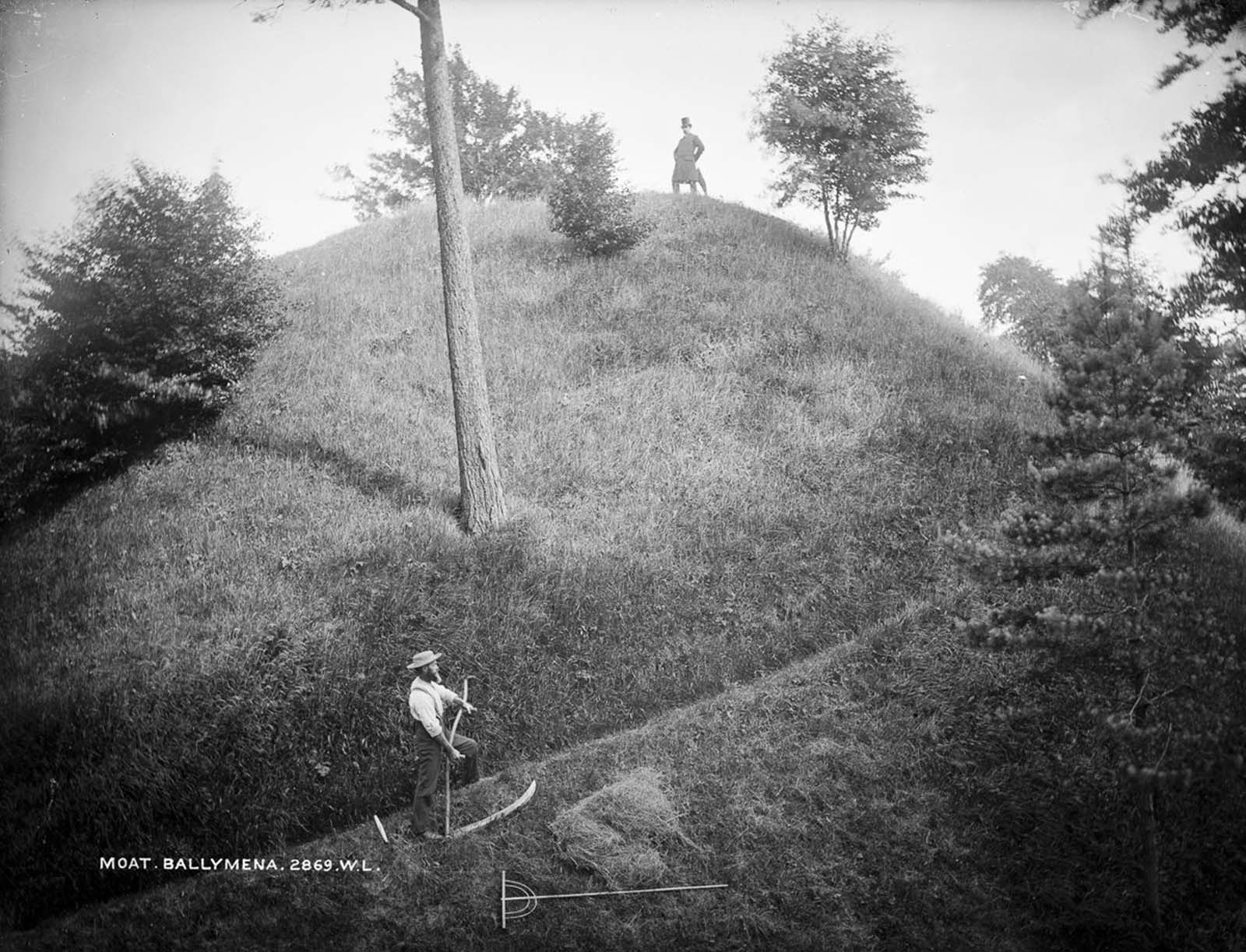
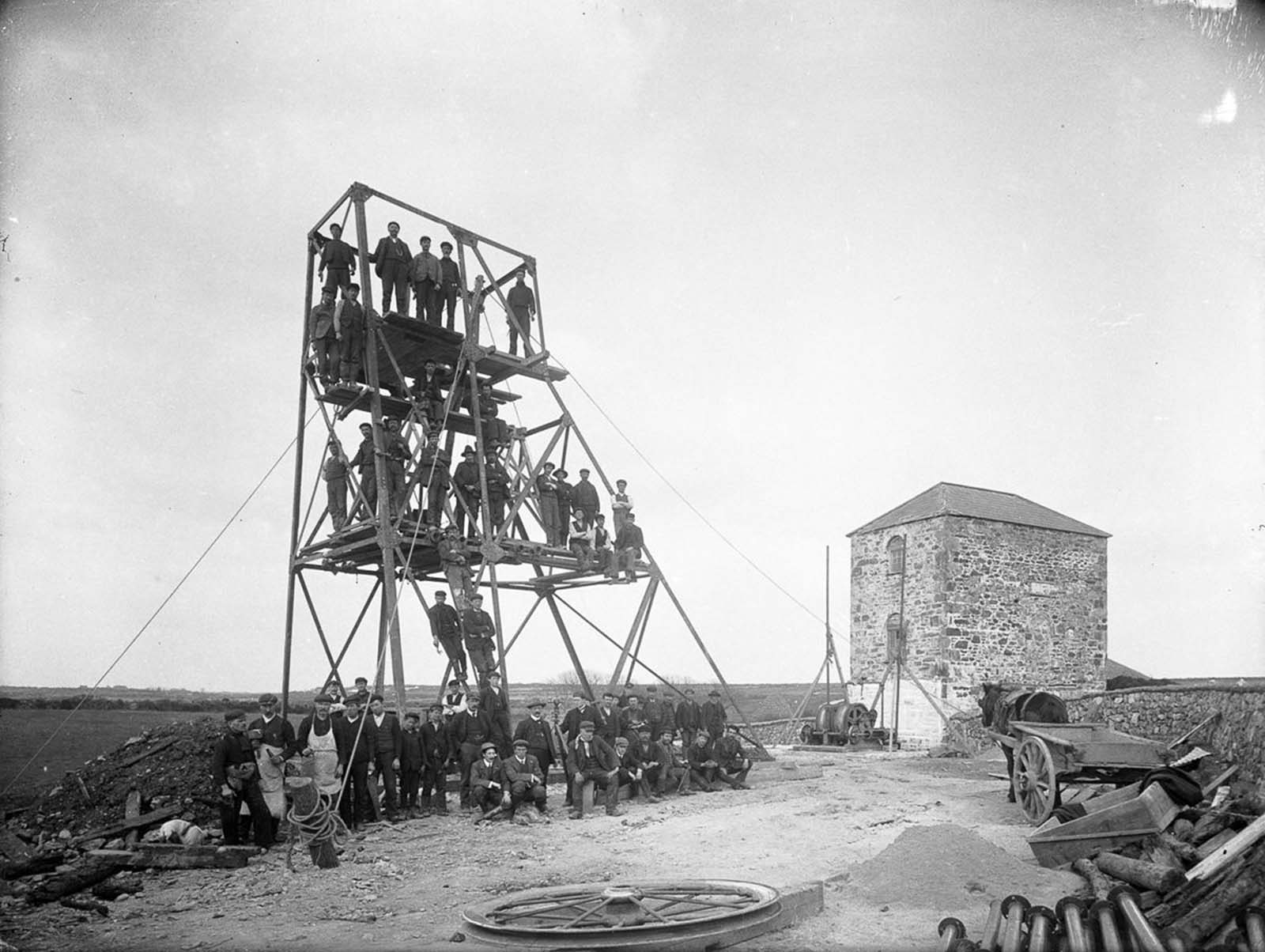
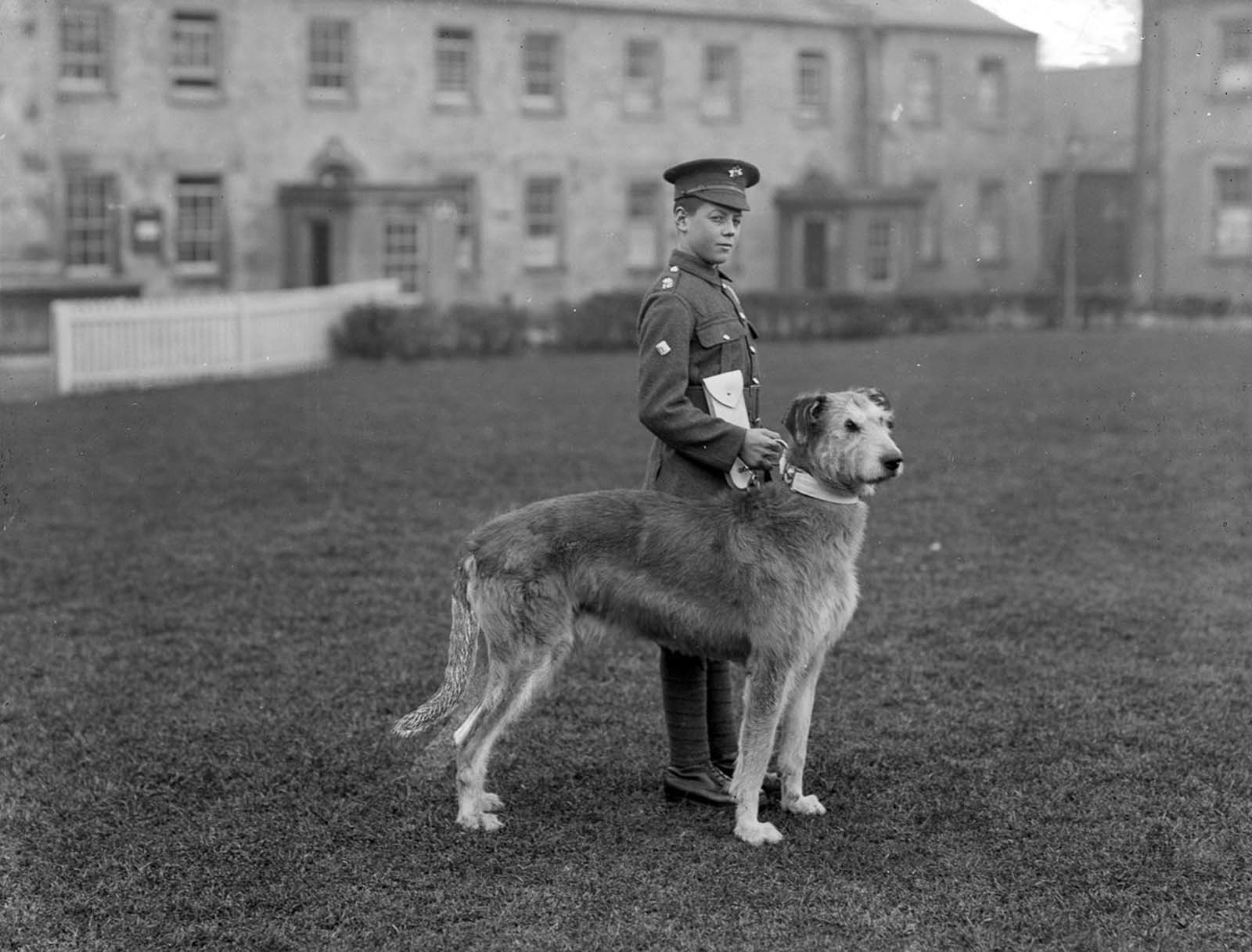
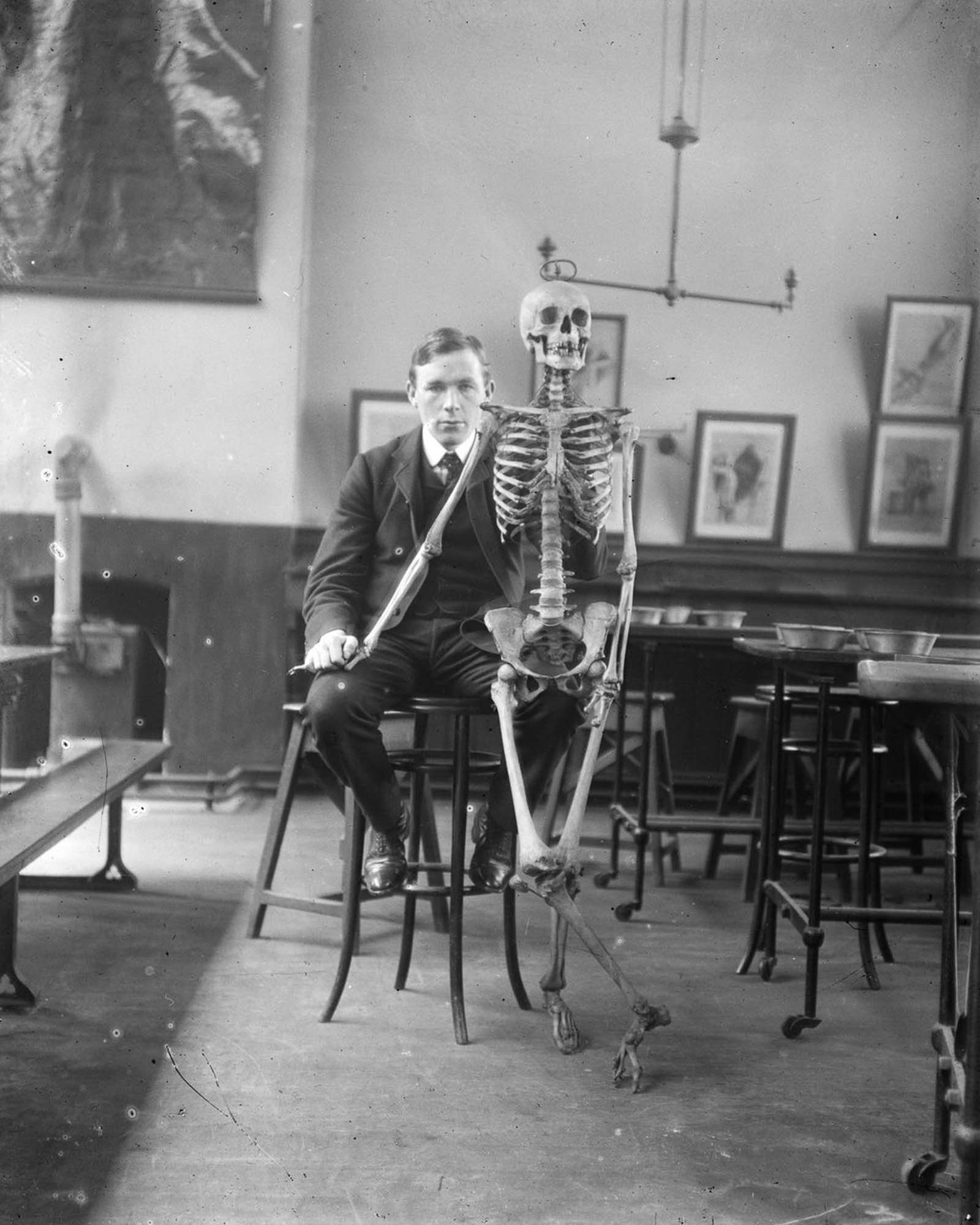
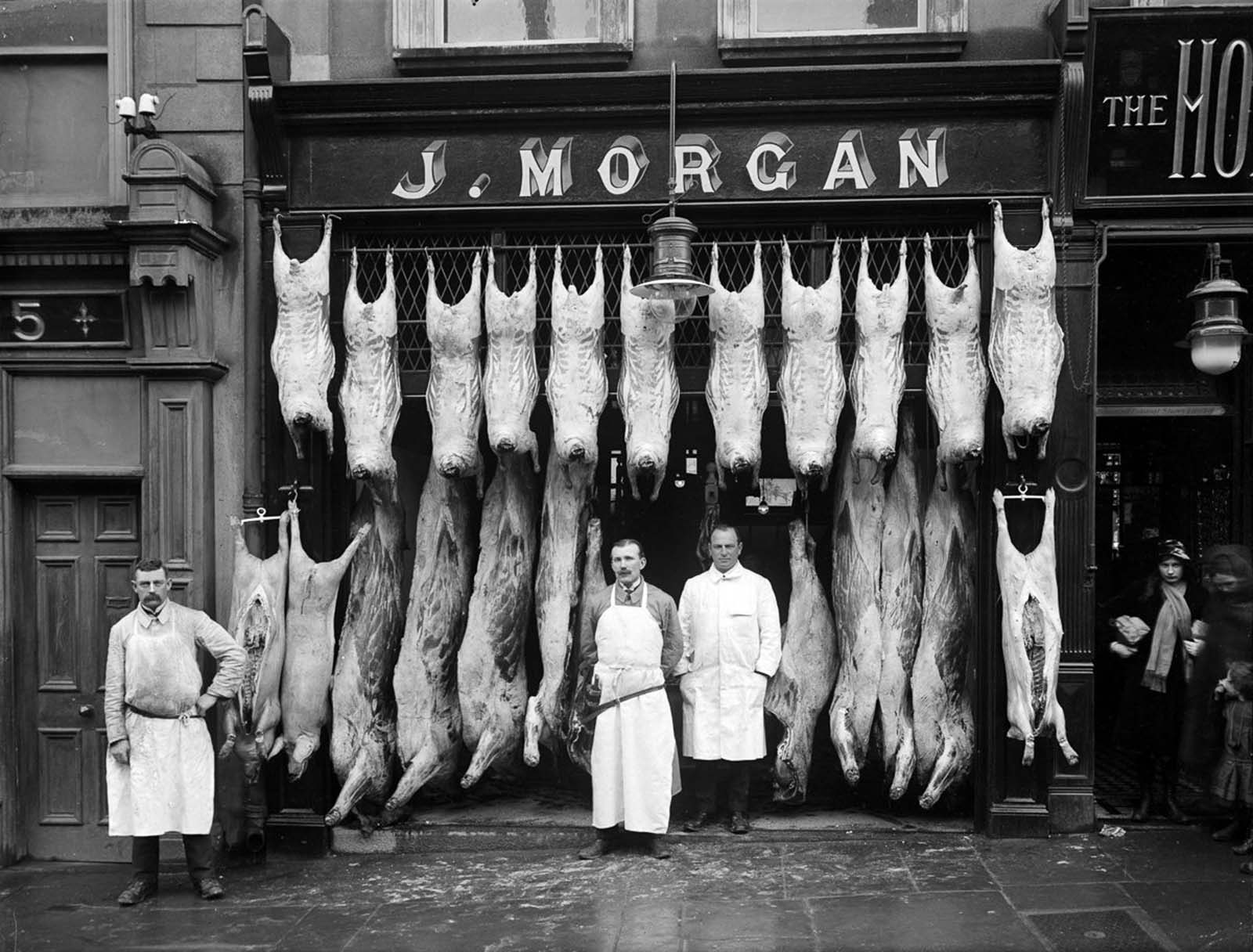
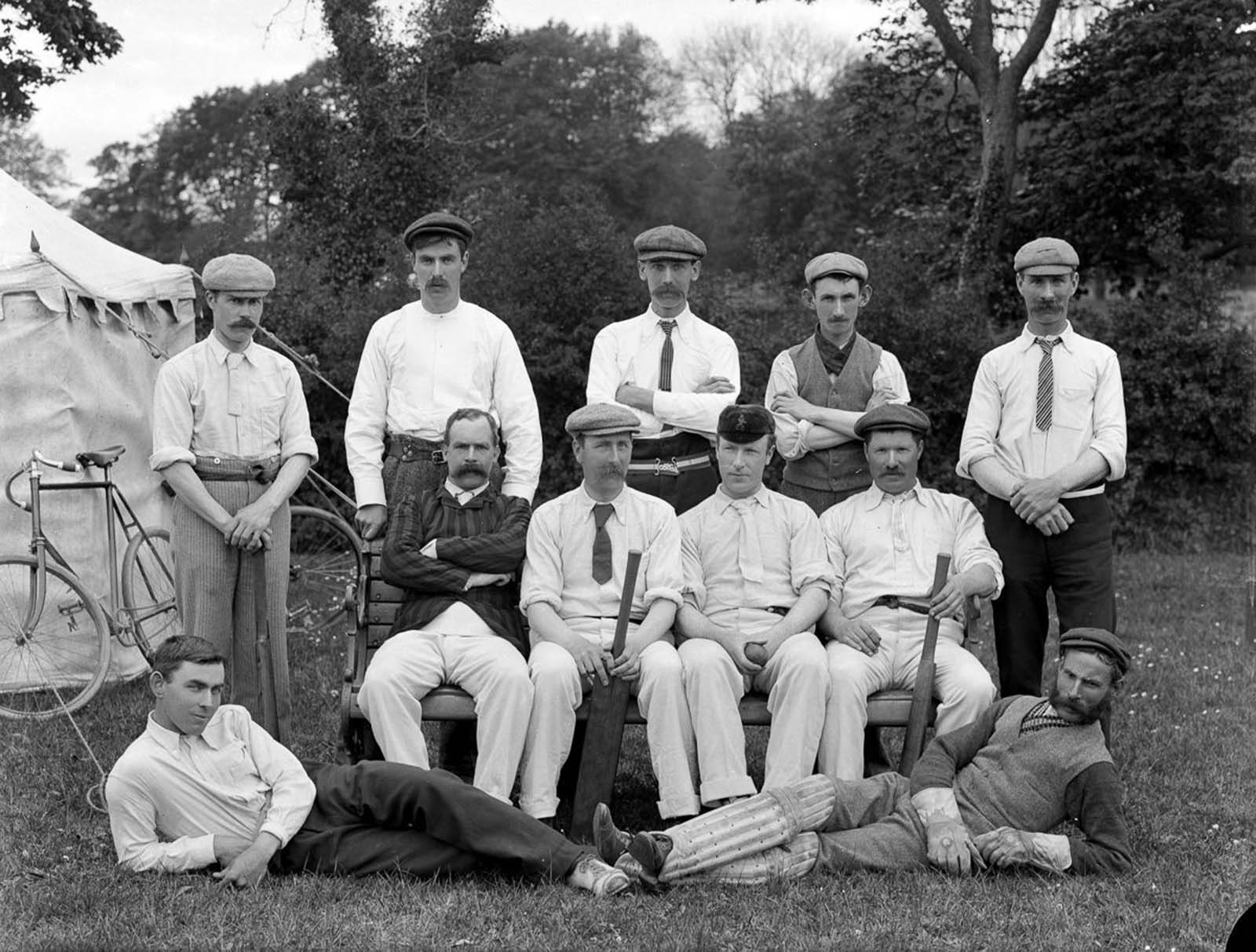
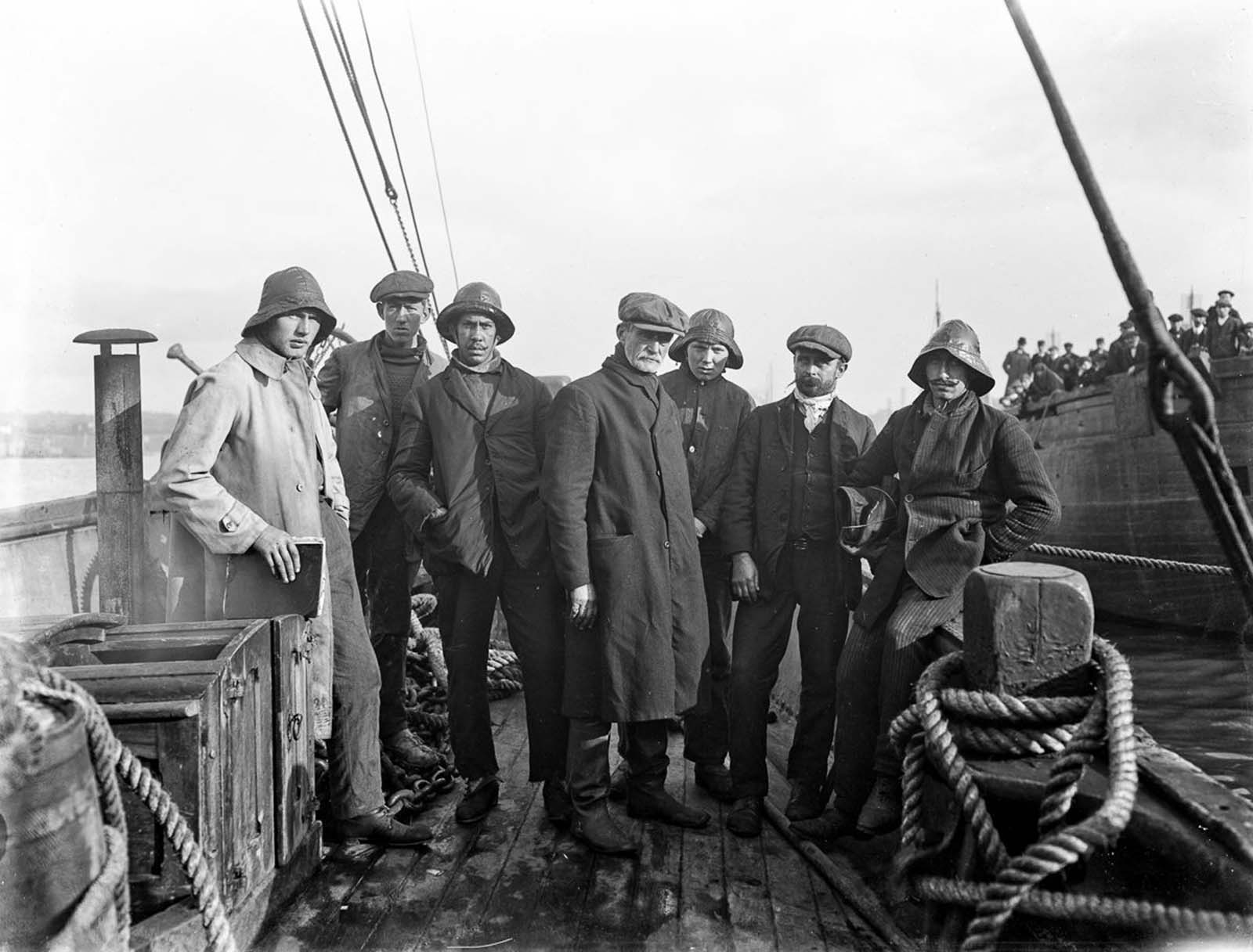
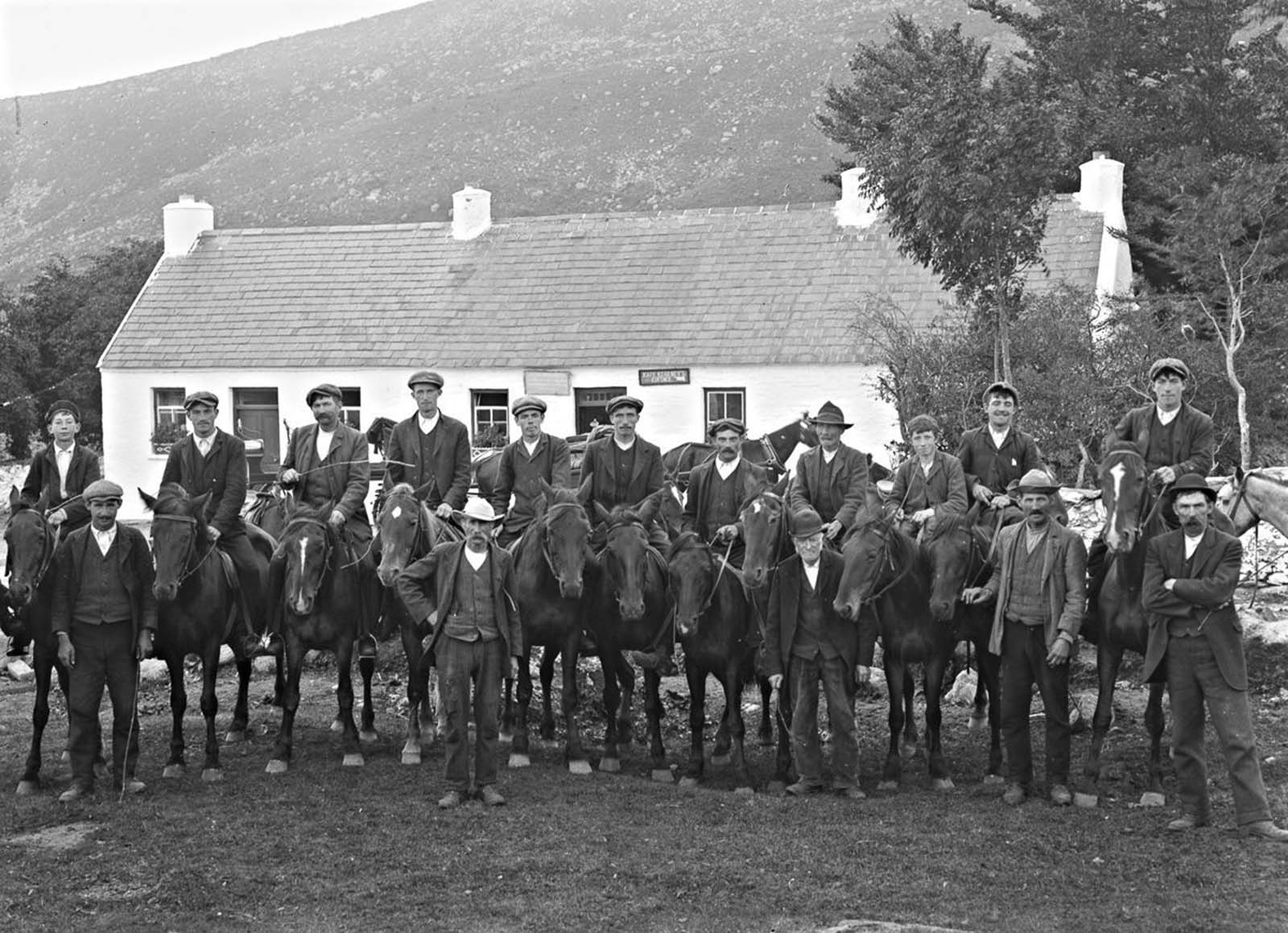
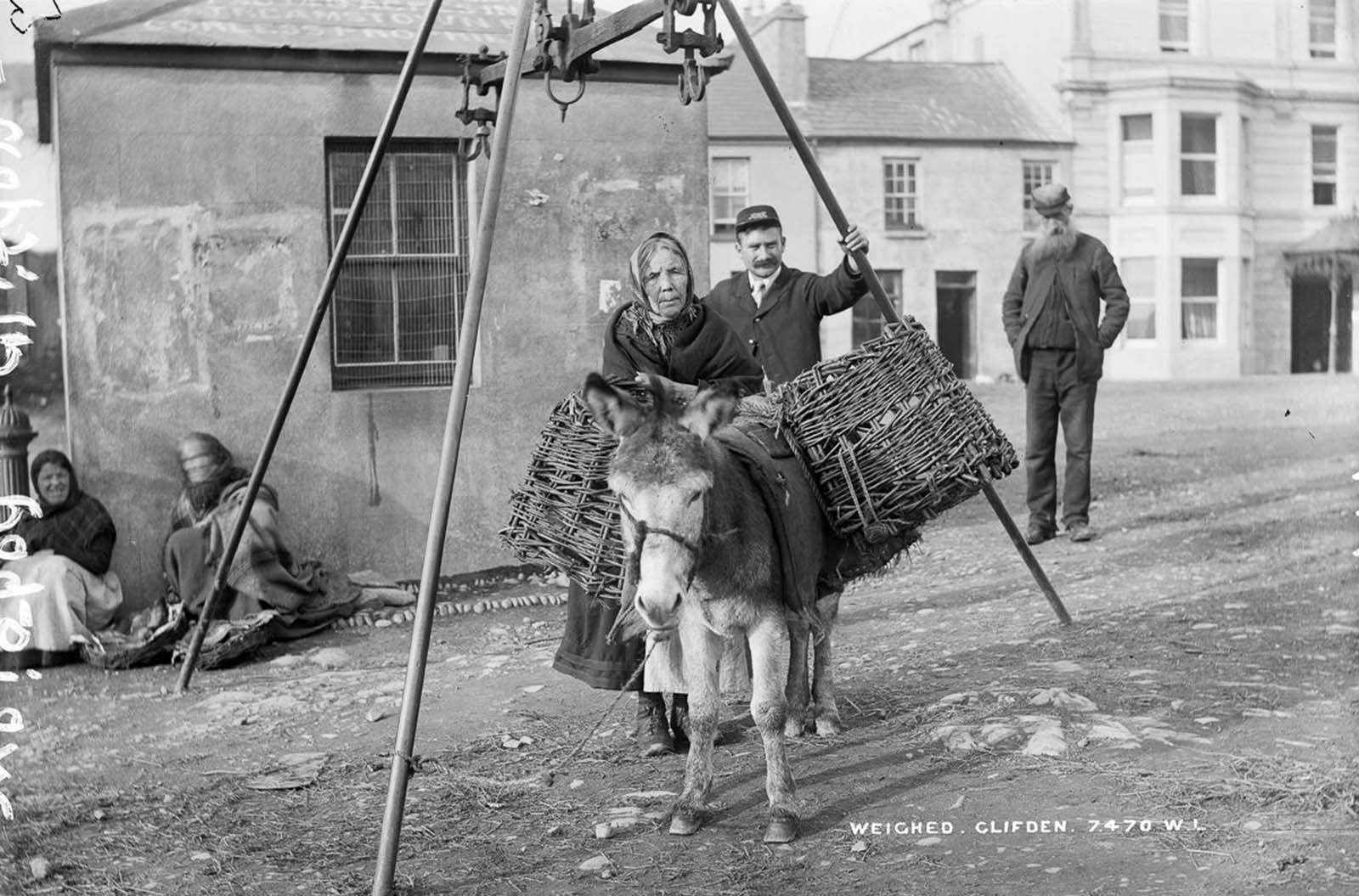
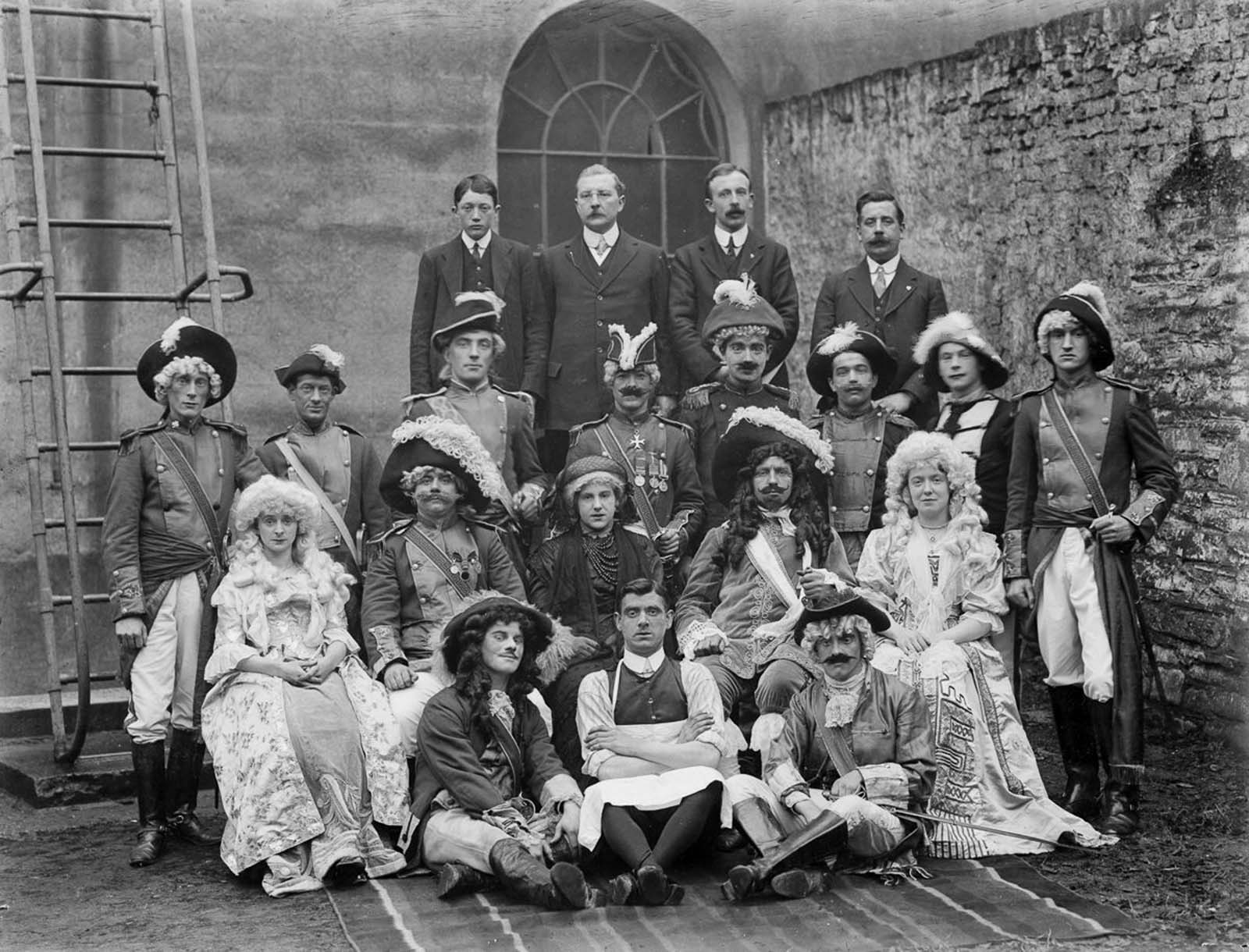
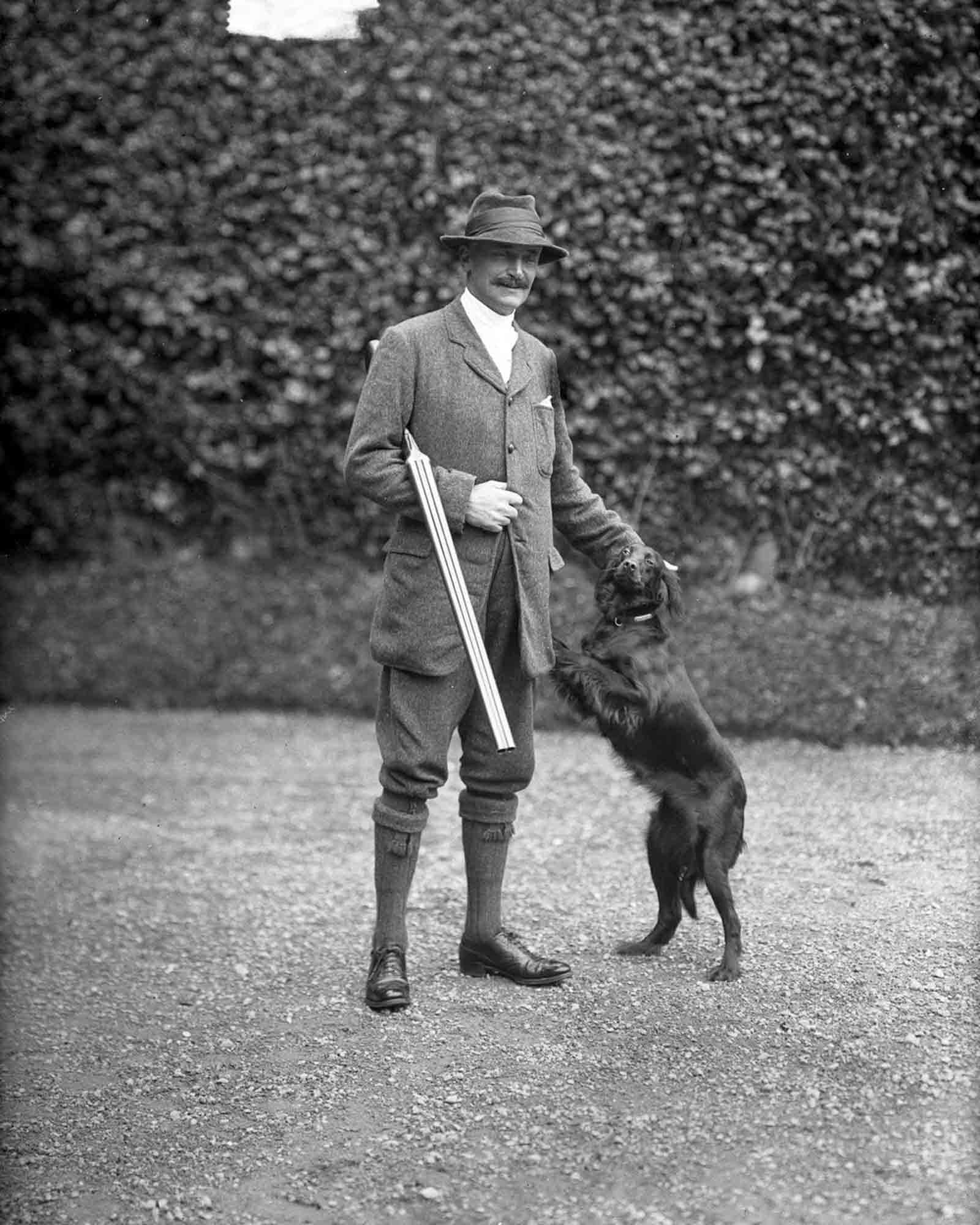
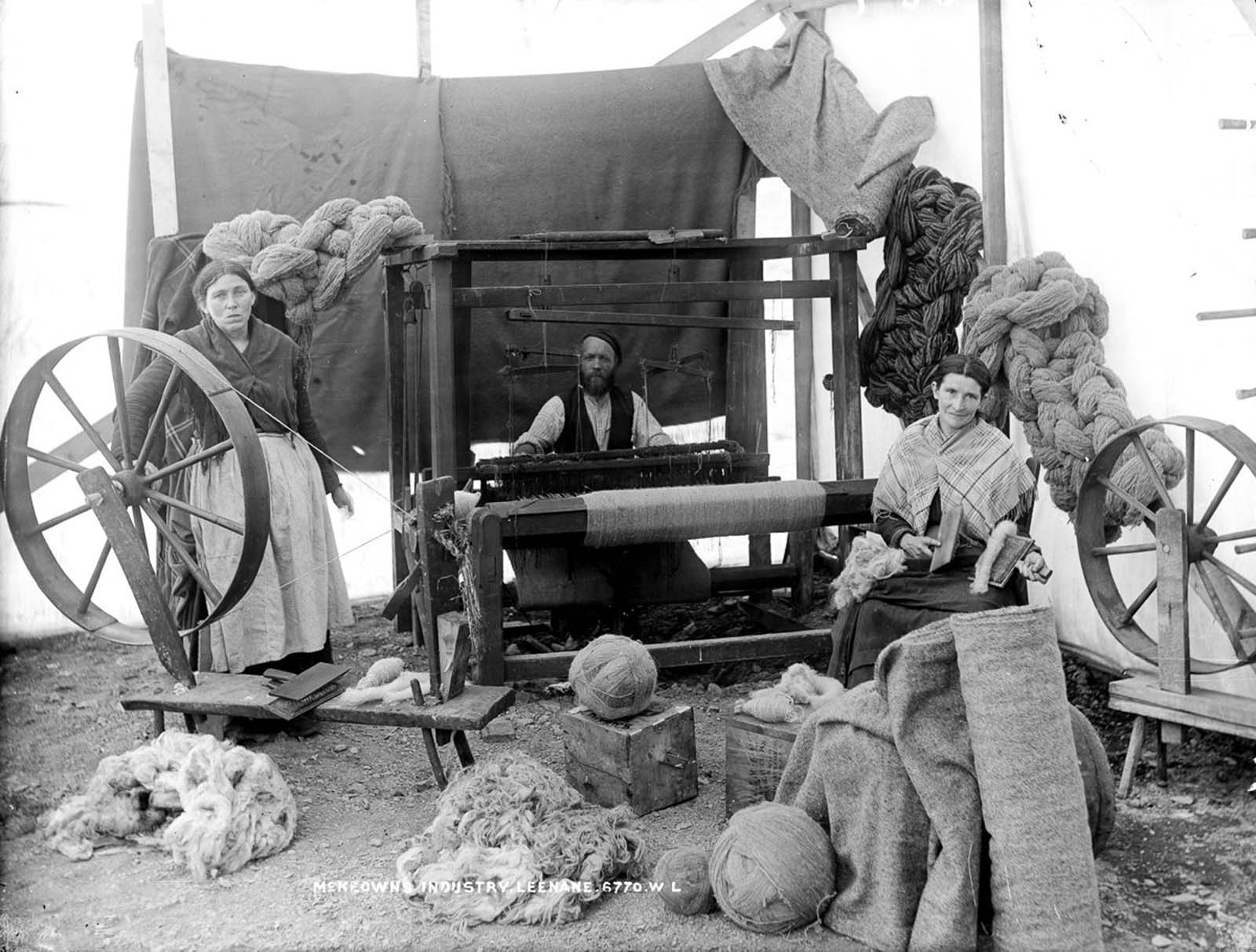

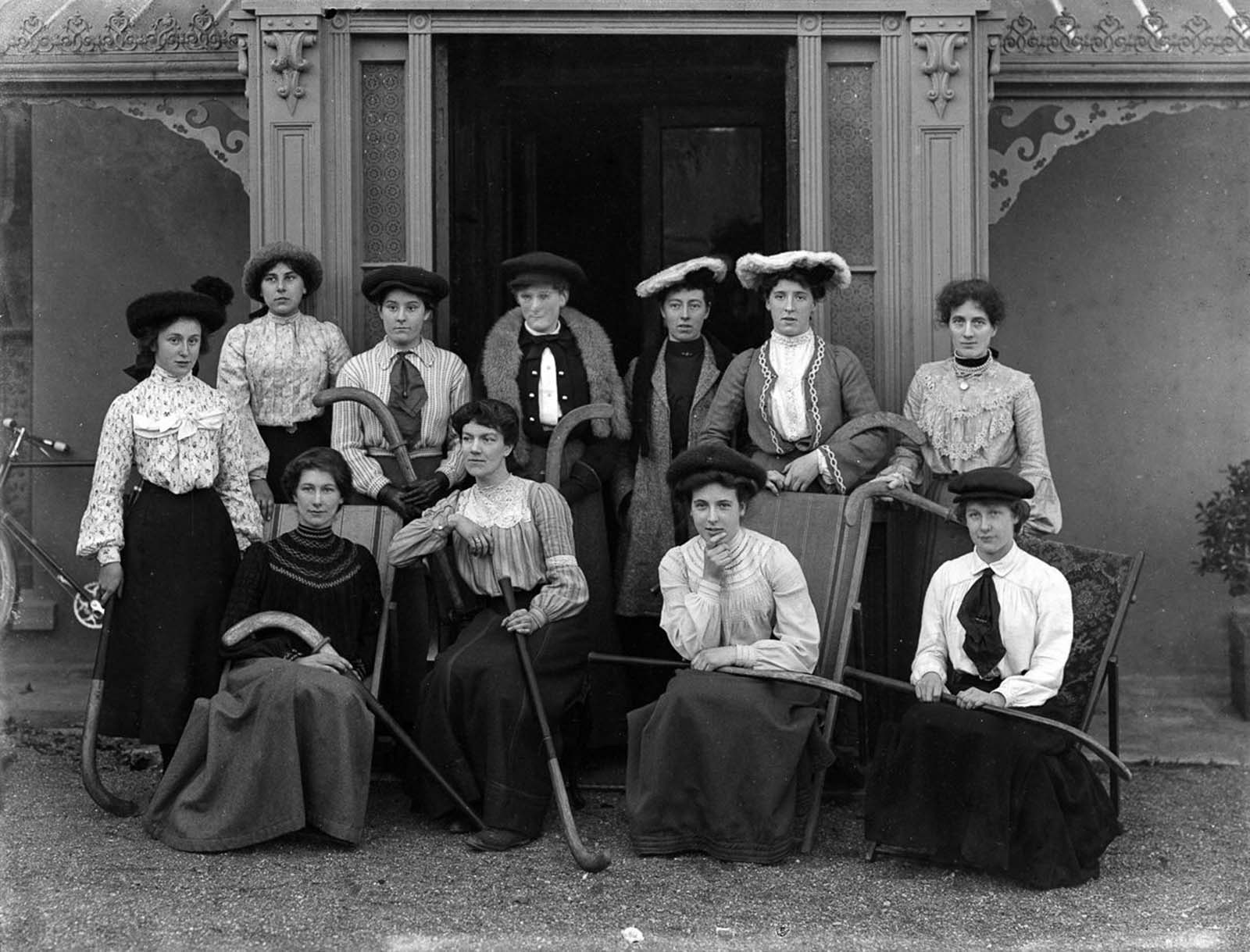
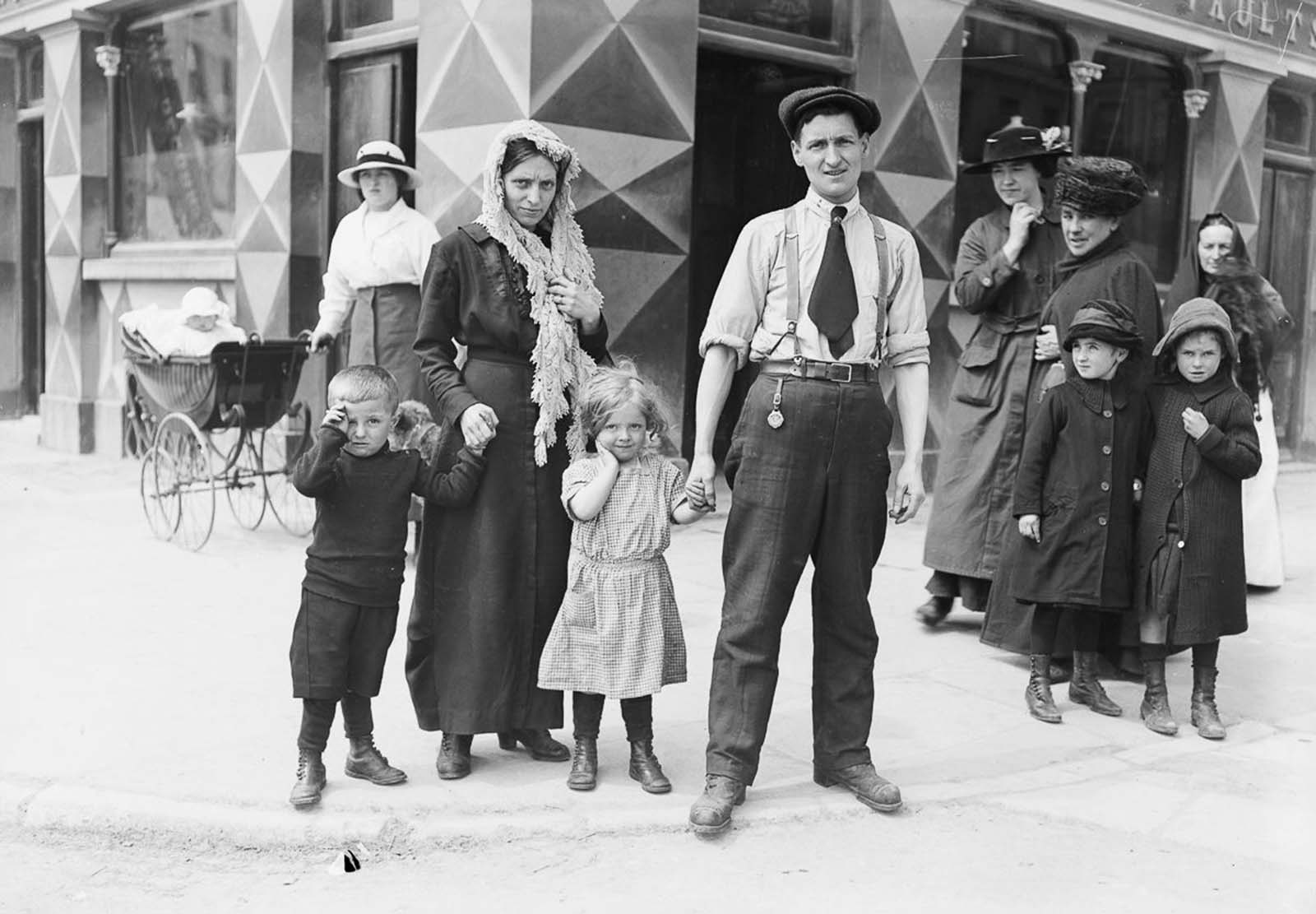
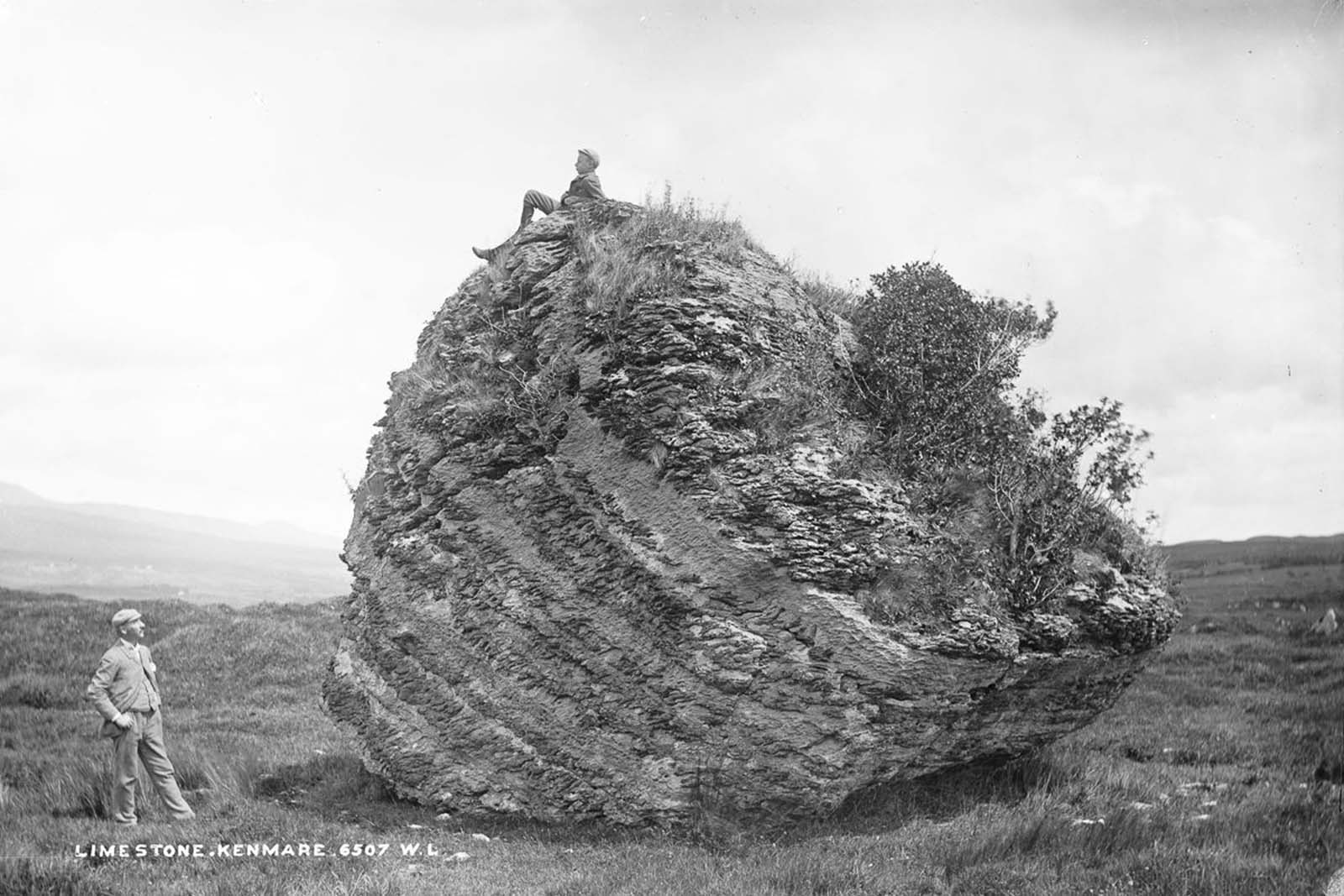
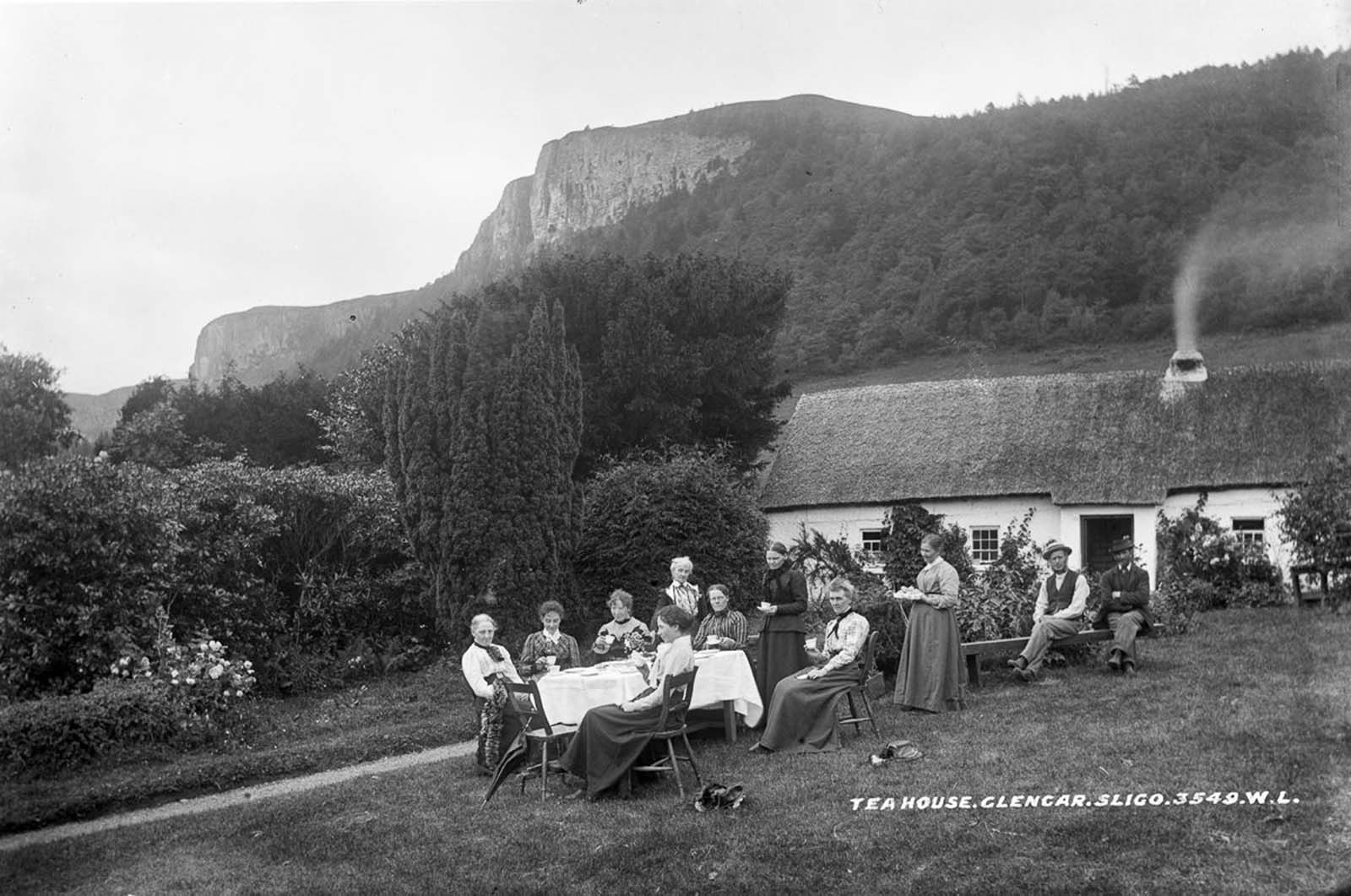
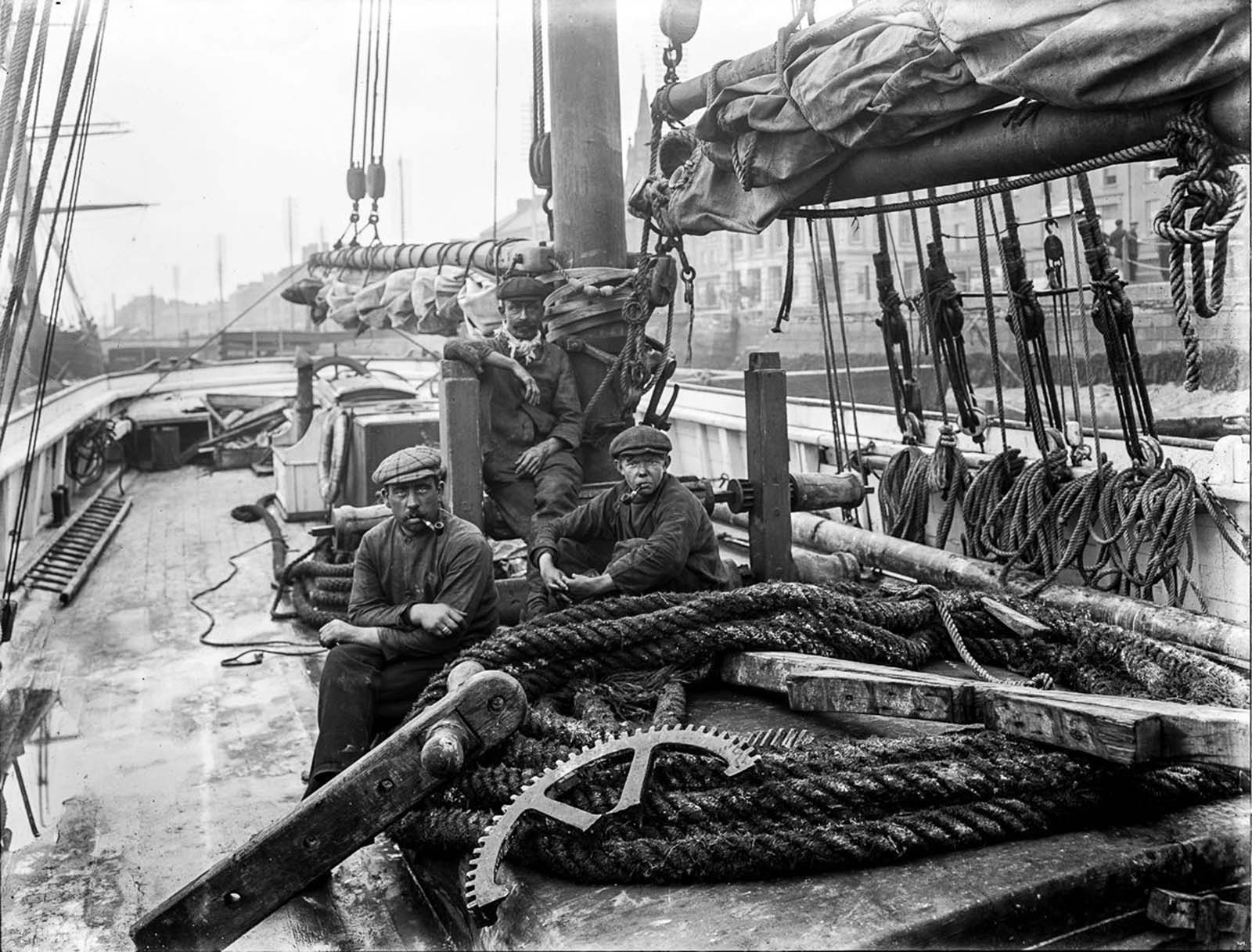
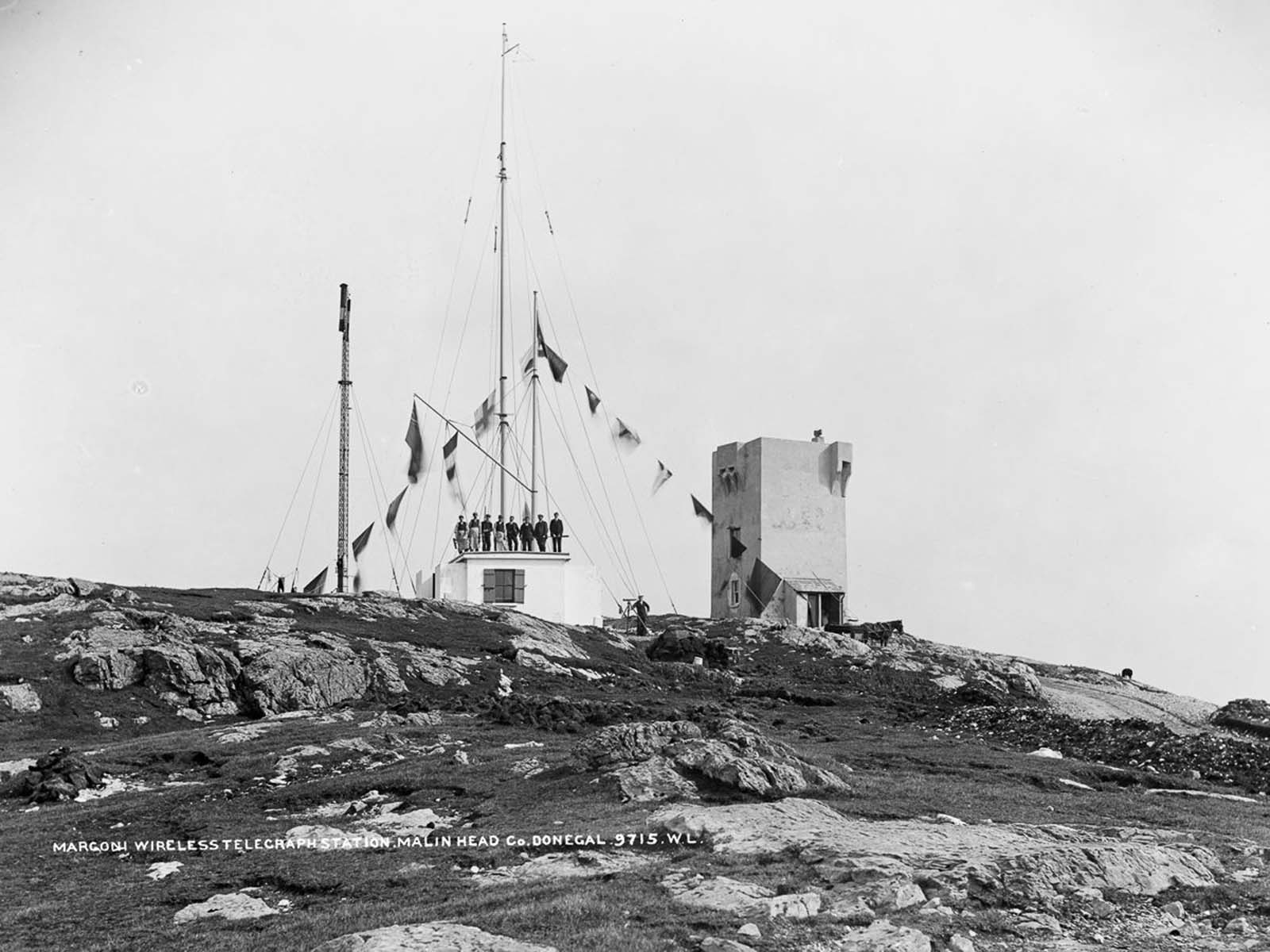

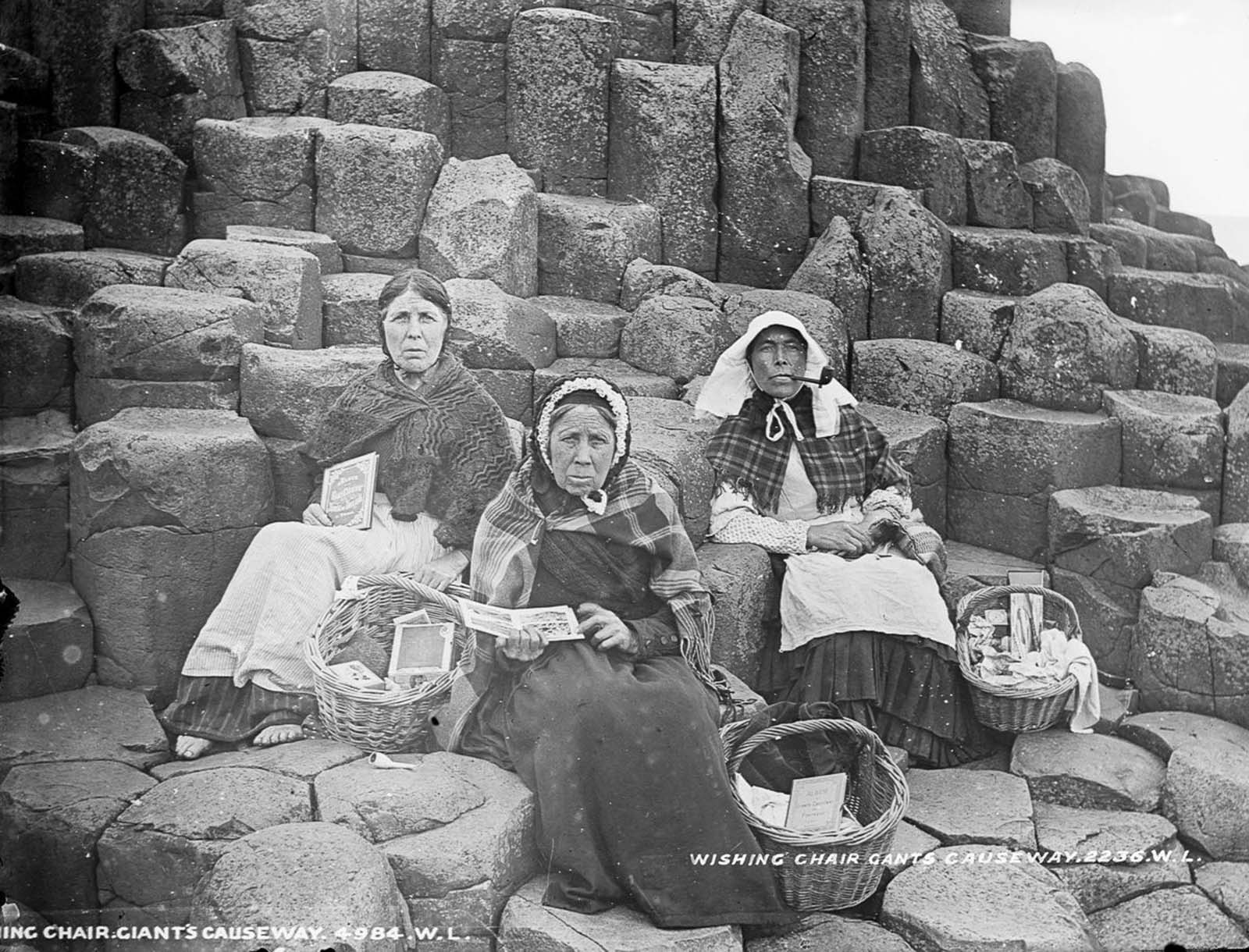
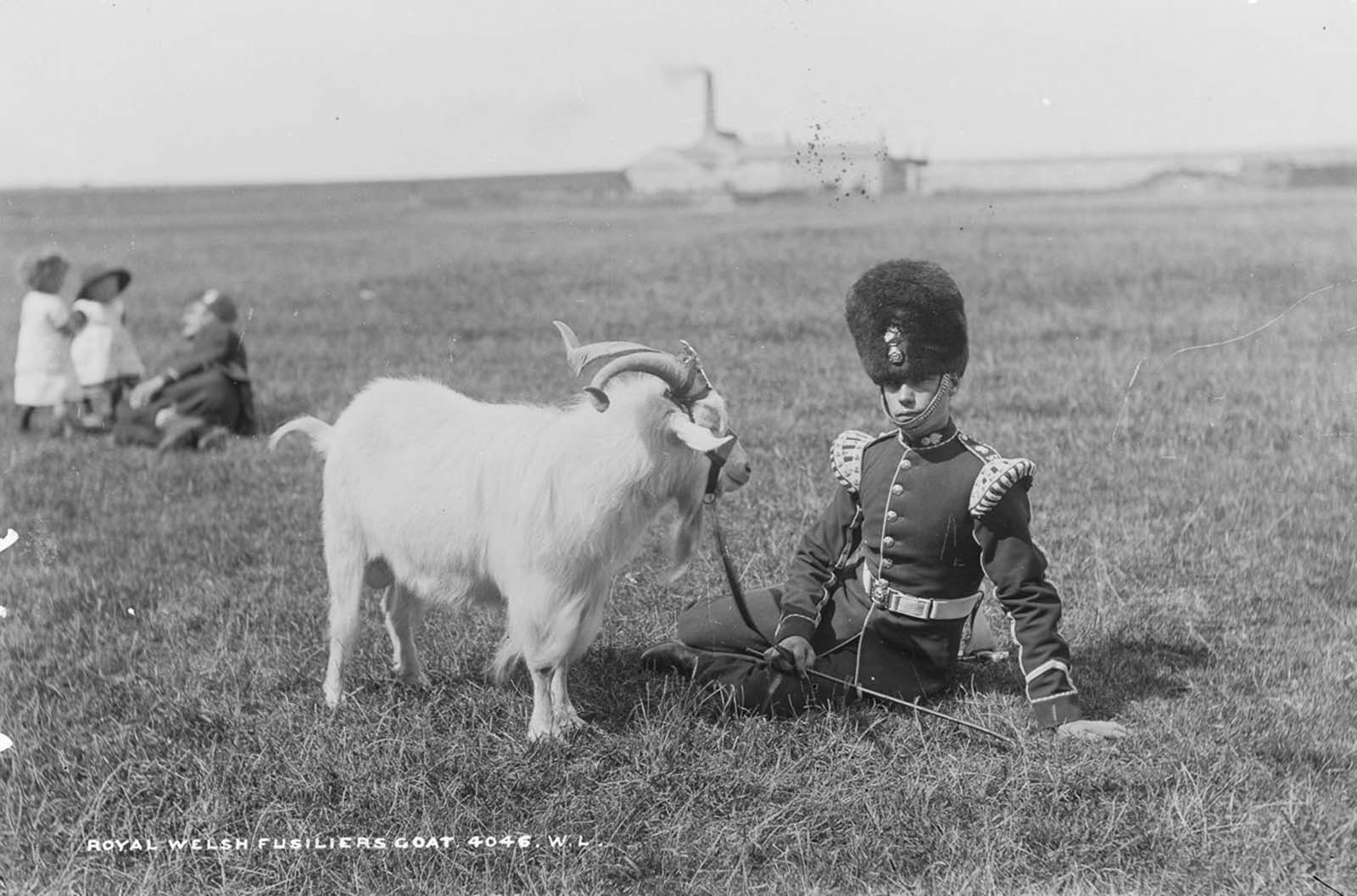
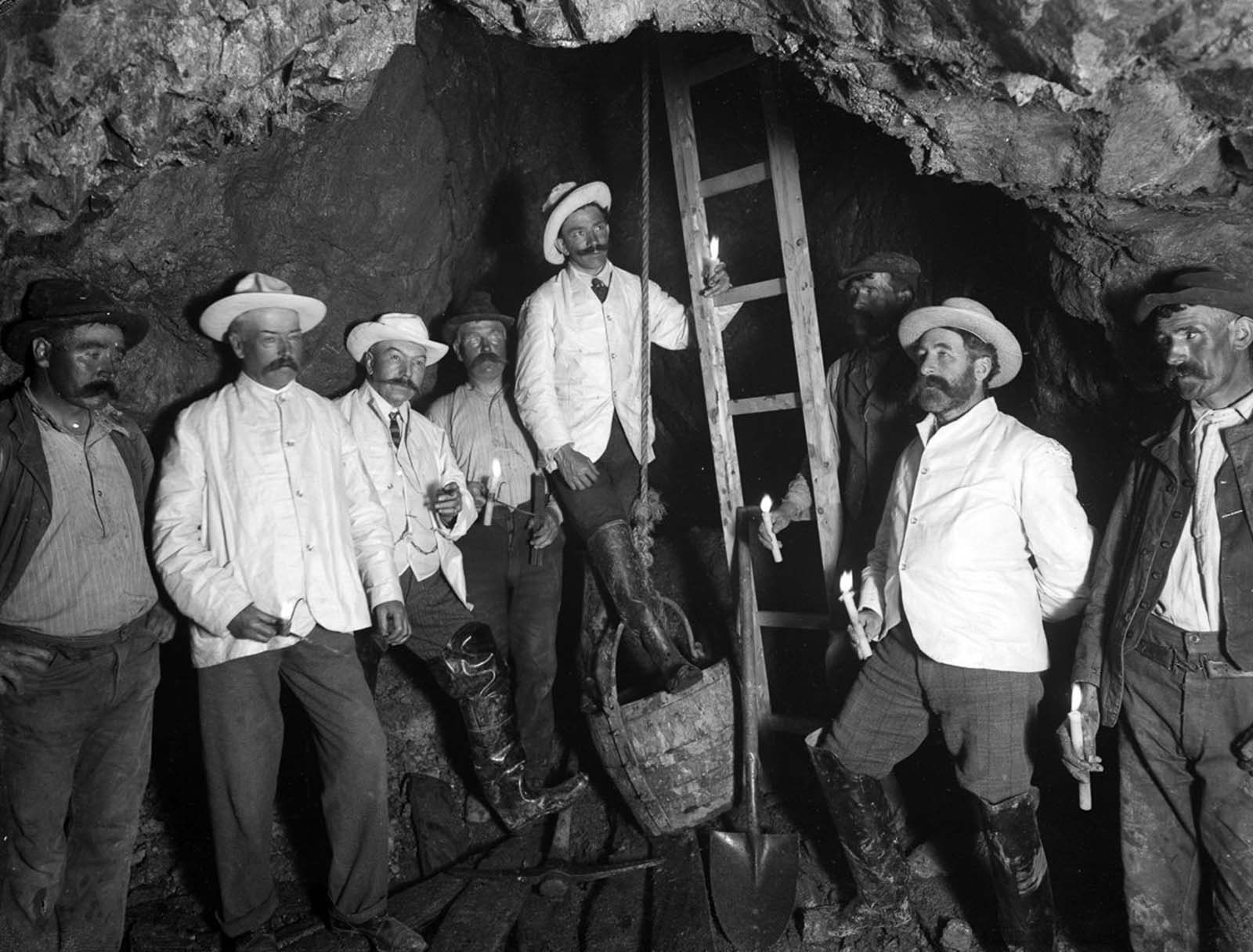
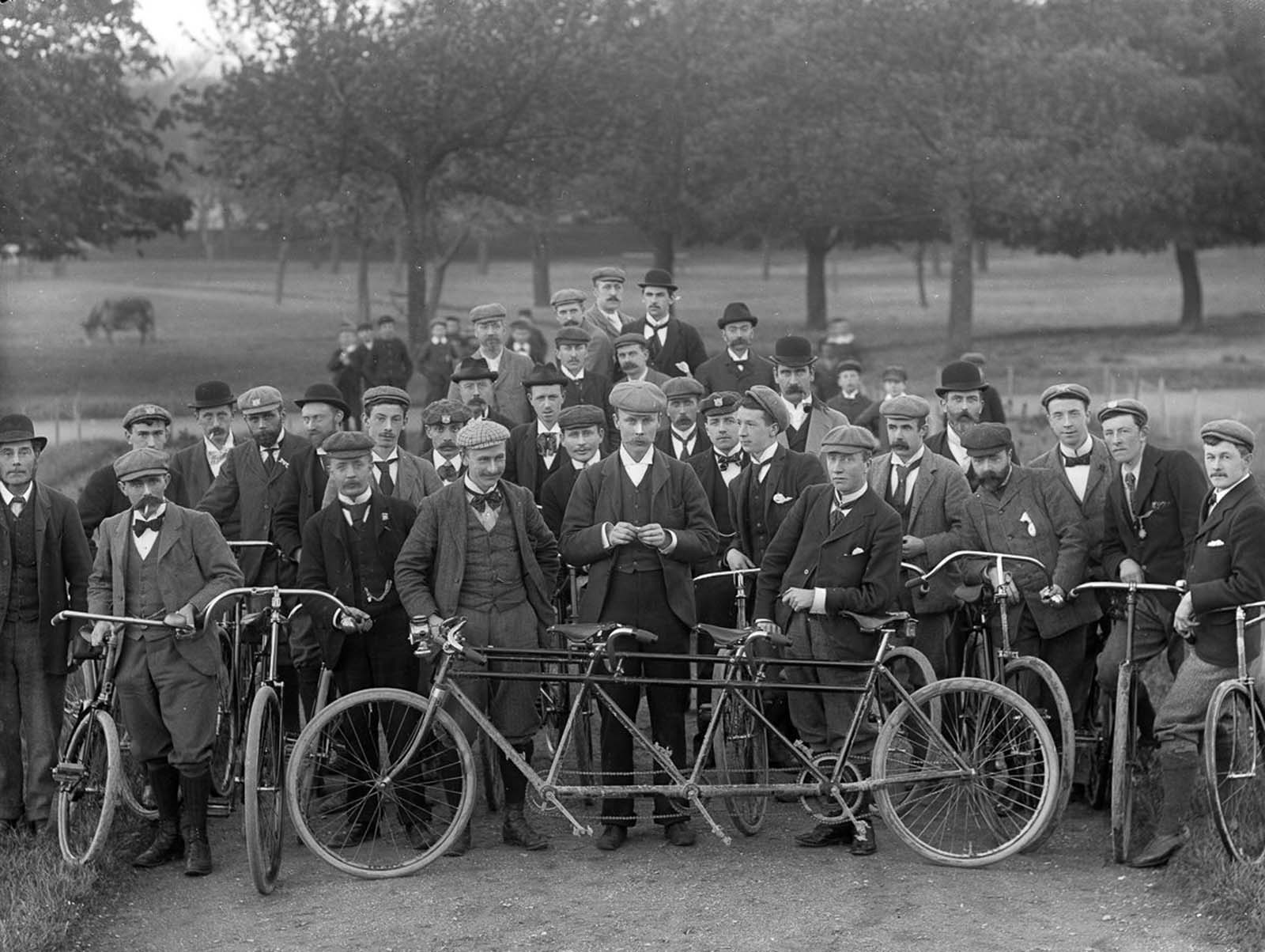
Infant Mortality and Public Health: The Struggles of the Irish People
Despite advances in medical care, Ireland still faced high infant mortality rates during this time. The harsh living conditions, coupled with limited access to healthcare, meant that many children did not survive past their first year. In Belfast, during one month in 1900, the number of deaths of children under the age of one was equal to the number of deaths of adults over the age of sixty. This grim statistic underscores the dire public health challenges faced by the Irish people during this era.
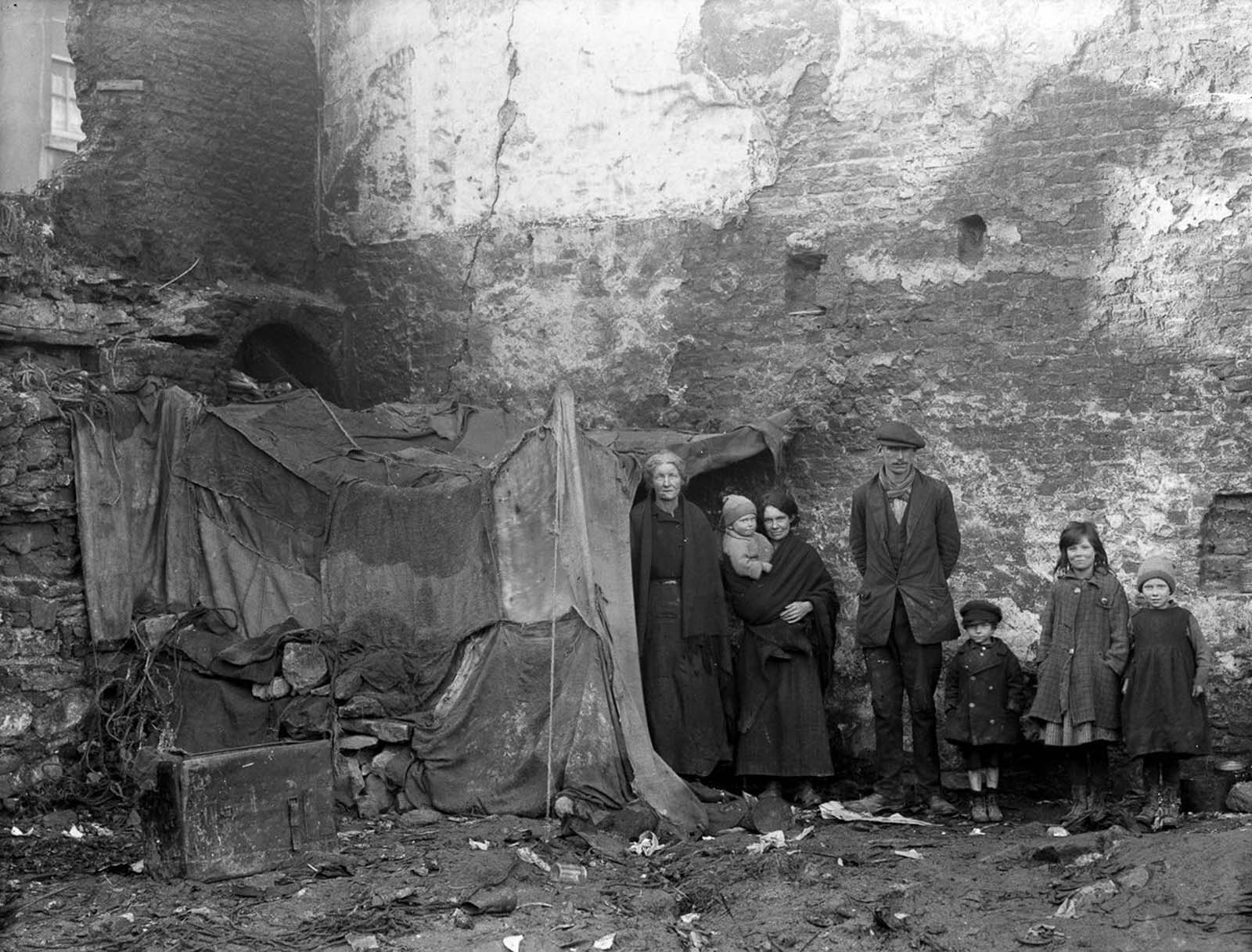
The Legacy of Emigration: A Changed Landscape
As emigration became a way of life for many Irish families, the country’s demographic makeup began to shift. The effects of this migration are still felt today, with large Irish communities established around the world, particularly in the United States. While some returned to Ireland in later years, many left permanently, seeking a better life in foreign lands.
The emigration of so many people had profound effects on the social and economic fabric of Ireland, and it is reflected in the photographs of the time. These images, such as that of the McCoy family, capture the faces of a generation that experienced the trauma of loss, but also the hope that emigration could offer a new beginning.
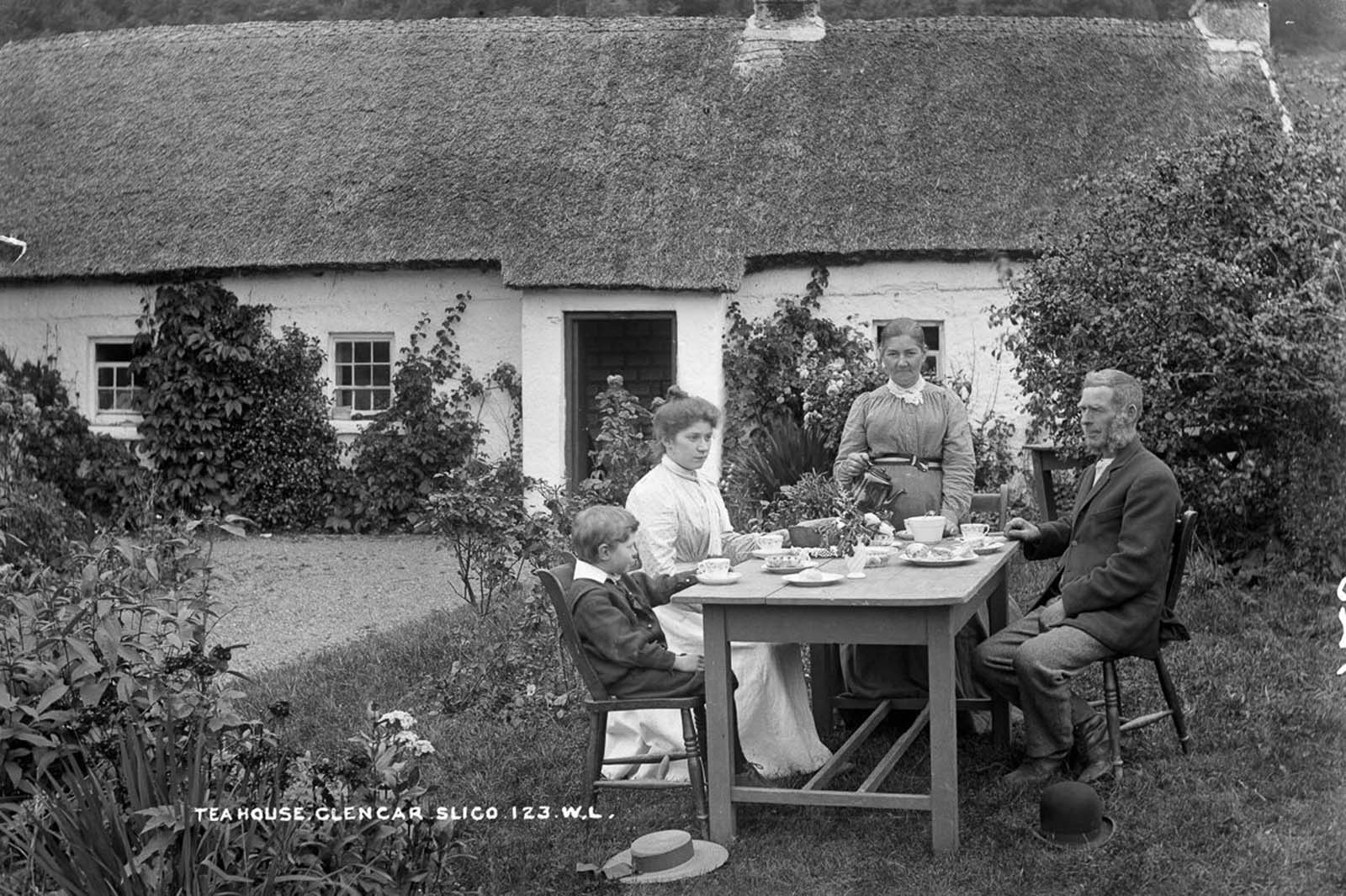
Video
Watch the video to explore the West Coast of Ireland in 1965! Don’t miss this captivating look at the stunning landscapes and life during that time.
Conclusion: The Resilient Spirit of Old Ireland
The photographs of old Ireland serve as a powerful reminder of the resilience and spirit of the Irish people during a time of immense change. Despite the hardships they faced, the Irish were determined to survive and thrive. These images offer a glimpse into the lives of ordinary people who lived through extraordinary circumstances. They show us not just the poverty and struggle, but also the hope, perseverance, and community that defined Ireland in the late 19th and early 20th centuries. Through these rare photographs, we can better understand the history of a nation that, despite its trials, went on to shape the world in ways both big and small.
